当前位置:网站首页>shardingsphere分库分表示例(逻辑表,真实表,绑定表,广播表,单表)
shardingsphere分库分表示例(逻辑表,真实表,绑定表,广播表,单表)
2022-07-07 08:44:00 【铛铛响】
前言
1、使用版本 5.0.0
2、使用模式 - 内存模式
一、表名称说明
1、这个官方文档中也说明了,官方说明-表-中文
1.1、逻辑表
1、相同结构的水平拆分数据库(表)的逻辑名称,是 SQL 中表的逻辑标识。 例:订单数据根据主键尾数拆分为 10 张表,分别是 t_order_0 到 t_order_9,他们的逻辑表名为 t_order
2、后面在案例中会举例说明
1.2、真实表
1、在水平拆分的数据库中真实存在的物理表。 即上个示例中的 t_order_0 到 t_order_9
2、后面在案例中会举例说明
1.3、绑定表
1、指分片规则一致的主表和子表。 例如:t_order 表和 t_order_item 表,均按照 order_id 分片,则此两张表互为绑定表关系。 绑定表之间的多表关联查询不会出现笛卡尔积关联,关联查询效率将大大提升。 举例说明,如果 SQL 为
注意上面标黄的地方,是均,意思就是后面
t_order和t_order_item表的分片规则要一模一样,根据同一个字段分片。
SELECT
i.*
FROM
t_order o
JOIN t_order_item i ON o.order_id = i.order_id
WHERE
o.order_id IN ( 10, 11 );
2、在不配置绑定表关系时,假设分片键 order_id 将数值 10 路由至第 0 片,将数值 11 路由至第 1 片,那么路由后的 SQL 应该为 4 条,它们呈现为笛卡尔积:
SELECT i.* FROM t_order_0 o JOIN t_order_item_0 i ON o.order_id=i.order_id WHERE o.order_id in (10, 11);
SELECT i.* FROM t_order_0 o JOIN t_order_item_1 i ON o.order_id=i.order_id WHERE o.order_id in (10, 11);
SELECT i.* FROM t_order_1 o JOIN t_order_item_0 i ON o.order_id=i.order_id WHERE o.order_id in (10, 11);
SELECT i.* FROM t_order_1 o JOIN t_order_item_1 i ON o.order_id=i.order_id WHERE o.order_id in (10, 11);
3、在配置绑定表关系后,路由的 SQL 应该为 2 条:
SELECT i.* FROM t_order_0 o JOIN t_order_item_0 i ON o.order_id=i.order_id WHERE o.order_id in (10, 11);
SELECT i.* FROM t_order_1 o JOIN t_order_item_1 i ON o.order_id=i.order_id WHERE o.order_id in (10, 11);
4、其中 t_order 在 FROM 的最左侧,ShardingSphere 将会以它作为整个绑定表的主表。 所有路由计算将会只使用主表的策略,那么 t_order_item 表的分片计算将会使用 t_order 的条件。 因此,绑定表间的分区键需要完全相同
1.4、广播表
1、指所有的分片数据源中都存在的表,表结构及其数据在每个数据库中均完全一致。 适用于数据量不大且需要与海量数据的表进行关联查询的场景,例如:字典表。
2、后面在案例中会举例说明
1.5、单表
1、指所有的分片数据源中仅唯一存在的表。 适用于数据量不大且无需分片的表。
2、在shardingSphere5.0.0版本开始,单表不需要配置,其内部会路由到单表的数据源中。
3、后面在案例中会举例说明
二、基础项目架构
1、使用springBoot和mybatisPlus搭建一个基础的项目如下
<?xml version="1.0" encoding="UTF-8"?>
<project xmlns="http://maven.apache.org/POM/4.0.0" xmlns:xsi="http://www.w3.org/2001/XMLSchema-instance" xsi:schemaLocation="http://maven.apache.org/POM/4.0.0 https://maven.apache.org/xsd/maven-4.0.0.xsd">
<modelVersion>4.0.0</modelVersion>
<parent>
<groupId>org.springframework.boot</groupId>
<artifactId>spring-boot-starter-parent</artifactId>
<version>2.3.1.RELEASE</version>
<relativePath/> <!-- lookup parent from repository -->
</parent>
<groupId>cn.gxm</groupId>
<artifactId>shardingSphere-test</artifactId>
<version>0.0.1-SNAPSHOT</version>
<name>shardingSphere-test</name>
<description>shardingSphere-test</description>
<properties>
<java.version>1.8</java.version>
<mybatis-plus.version>3.4.1</mybatis-plus.version>
<shardingsphere.version>5.0.0</shardingsphere.version>
</properties>
<dependencies>
<dependency>
<groupId>org.springframework.boot</groupId>
<artifactId>spring-boot-starter-web</artifactId>
</dependency>
<dependency>
<groupId>com.baomidou</groupId>
<artifactId>mybatis-plus-boot-starter</artifactId>
<version>${mybatis-plus.version}</version>
</dependency>
<dependency>
<groupId>org.apache.shardingsphere</groupId>
<artifactId>shardingsphere-jdbc-core-spring-boot-starter</artifactId>
<version>${shardingsphere.version}</version>
</dependency>
<!-- hutool工具 -->
<dependency>
<groupId>cn.hutool</groupId>
<artifactId>hutool-all</artifactId>
<version>5.3.5</version>
</dependency>
<dependency>
<groupId>mysql</groupId>
<artifactId>mysql-connector-java</artifactId>
<version>8.0.20</version>
<scope>runtime</scope>
</dependency>
<dependency>
<groupId>org.springframework.boot</groupId>
<artifactId>spring-boot-devtools</artifactId>
<scope>runtime</scope>
<optional>true</optional>
</dependency>
<dependency>
<groupId>org.projectlombok</groupId>
<artifactId>lombok</artifactId>
<optional>true</optional>
</dependency>
<dependency>
<groupId>org.springframework.boot</groupId>
<artifactId>spring-boot-starter-test</artifactId>
<scope>test</scope>
</dependency>
</dependencies>
<build>
<plugins>
<plugin>
<groupId>org.springframework.boot</groupId>
<artifactId>spring-boot-maven-plugin</artifactId>
<configuration>
<excludes>
<exclude>
<groupId>org.projectlombok</groupId>
<artifactId>lombok</artifactId>
</exclude>
</excludes>
</configuration>
</plugin>
</plugins>
</build>
</project>
三、使用案例–简单的分库分表
3.1、数据库格式
1、创建两个数据库,每个数据库中存有 t_problem 表,数据格式都是一样的。
注意主键是 bigint,并且不是自增的偶
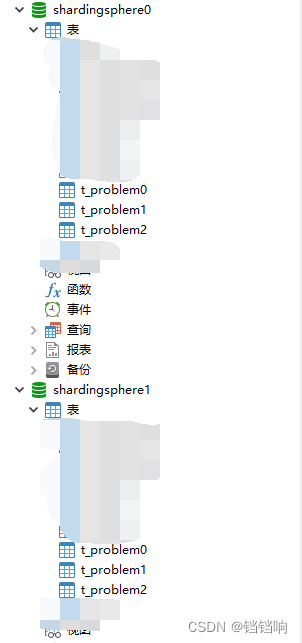
2、数据库脚本如下,然后在两个数据库都执行一遍
-- ----------------------------
-- Table structure for t_problem0
-- ----------------------------
DROP TABLE IF EXISTS `t_problem0`;
CREATE TABLE `t_problem0` (
`id` bigint(0) NOT NULL,
`content` varchar(255) CHARACTER SET utf8mb4 COLLATE utf8mb4_general_ci NULL DEFAULT NULL,
PRIMARY KEY (`id`) USING BTREE
) ENGINE = InnoDB CHARACTER SET = utf8mb4 COLLATE = utf8mb4_general_ci ROW_FORMAT = Dynamic;
-- ----------------------------
-- Table structure for t_problem1
-- ----------------------------
DROP TABLE IF EXISTS `t_problem1`;
CREATE TABLE `t_problem1` (
`id` bigint(0) NOT NULL,
`content` varchar(255) CHARACTER SET utf8mb4 COLLATE utf8mb4_general_ci NULL DEFAULT NULL,
PRIMARY KEY (`id`) USING BTREE
) ENGINE = InnoDB CHARACTER SET = utf8mb4 COLLATE = utf8mb4_general_ci ROW_FORMAT = Dynamic;
-- ----------------------------
-- Table structure for t_problem2
-- ----------------------------
DROP TABLE IF EXISTS `t_problem2`;
CREATE TABLE `t_problem2` (
`id` bigint(0) NOT NULL,
`content` varchar(255) CHARACTER SET utf8mb4 COLLATE utf8mb4_general_ci NULL DEFAULT NULL,
PRIMARY KEY (`id`) USING BTREE
) ENGINE = InnoDB CHARACTER SET = utf8mb4 COLLATE = utf8mb4_general_ci ROW_FORMAT = Dynamic;
3.2、项目代码
1、application.yml配置如下:
具体内容我就不再一一说明,里面相关配置都已经说明的很清楚了
主要说明一下,分库分表的策略
分库ds$->{id % 2}说明根据t_problem表插入的id %2 ,那就是【ds0,ds1】,而ds0和ds1数据源是在上面定义好的
分表t_problem$->{id % 3}说明根据t_problem表插入的id %3,就是 【t_problem0,t_problem1,t_problem2】
spring:
sharding-sphere: # mode.type 默认是内存模式启动
props:
# 展示sql
sql-show: true # 打印sql,控制台可以看到执行的逻辑表sql,和真实表sql(5.0.0版本之前另一个参数)
datasource:
ds0:
driver-class-name: com.mysql.cj.jdbc.Driver
jdbc-url: jdbc:mysql://localhost:3306/shardingsphere0?useUnicode=true&characterEncoding=utf-8&useSSL=false&serverTimezone=GMT&allowPublicKeyRetrieval=true
password: 123456
type: com.zaxxer.hikari.HikariDataSource
username: root
ds1:
driver-class-name: com.mysql.cj.jdbc.Driver
jdbc-url: jdbc:mysql://localhost:3306/shardingsphere1?useUnicode=true&characterEncoding=utf-8&useSSL=false&serverTimezone=GMT&allowPublicKeyRetrieval=true
password: 123456
type: com.zaxxer.hikari.HikariDataSource
username: root
names: ds0,ds1
rules:
sharding:
sharding-algorithms:
t-problem-db-inline: # 名为 t-problem-db-inline 的分库策略的算法
props:
algorithm-expression: ds$->{
id % 2}
type: INLINE
t-problem-table-inline: # 名为 t-problem-table-inline 的分表策略的算法
props:
algorithm-expression: t_problem$->{
id % 3}
type: INLINE
tables:
t_problem:
actual-data-nodes: ds$->{
0..1}.t_problem$->{
0..2}
database-strategy: # 分库策略
standard: # 用于单分片键的标准分片场景,(多个列标识区分是复杂情况,将standard换成 complex(即分片列名称,多个列以逗号分隔))
sharding-algorithm-name: t-problem-db-inline # 名称,在上面使用
sharding-column: id # 那个字段传到后面算法中
table-strategy: # 分表策略
standard:
sharding-algorithm-name: t-problem-table-inline
sharding-column: id # 那个字段传到后面算法中
key-generate-strategy: # t_problem 表主键 id 生成的策略 https://blog.csdn.net/chinawangfei/article/details/114675854
column: id # t_order 表的主键id 需要使用雪花算法
keyGeneratorName: t-problem-snowflake # 关键这里修改后 似乎不生效,这是最离谱的,就是默认使用的是雪花算法
key-generators:
t-problem-snowflake:
type: snowflake
props:
worker-id: 1
server:
port: 8123
mybatis-plus:
configuration:
cache-enabled: false
log-impl: org.apache.ibatis.logging.stdout.StdOutImpl
map-underscore-to-camel-case: true
mapper-locations: classpath:mapper/*.xml
type-aliases-package: cn.gxm.shardingspheretest.model
2、model 定义,注意其中的注释说明
package cn.gxm.shardingspheretest.model;
import com.baomidou.mybatisplus.annotation.TableField;
import com.baomidou.mybatisplus.annotation.TableId;
import com.baomidou.mybatisplus.annotation.TableName;
import com.baomidou.mybatisplus.extension.activerecord.Model;
import lombok.AllArgsConstructor;
import lombok.Data;
import lombok.NoArgsConstructor;
/** * @author GXM * @version 1.0.0 * @Description TODO * @createTime 2022年06月24日 */
@TableName("t_problem")
@Data
@AllArgsConstructor
@NoArgsConstructor
public class Problem extends Model<Problem> {
/** * 1、这里必须要使用Long,不能使用int 或者integer 因为 * 使用shardSphere 的雪花算法生成的数值很大,已经超过了 * Integer.MAX_VALUE(),只能使用Long来存储,而且数据库中也必须是bigint * 当然如果你选择使用字符串的类型,那这里就不没有那么多事情了 * <p> * 注意这里的 type是默认值IdType.NONE,不要设置,NONE就是【用户输入ID 该类型可以通过自己注册自动填充插件进行填充】 */
@TableId(value = "id")
private Long id;
@TableField("content")
private String content;
}
3、mapper和service就省略了,和平常配置的mybatis plus 差不多
4、新建一个controller用做测试,内容如下
package cn.gxm.shardingspheretest.controller;
import cn.gxm.shardingspheretest.model.Problem;
import cn.gxm.shardingspheretest.service.ProblemService;
import cn.hutool.core.util.RandomUtil;
import com.baomidou.mybatisplus.extension.plugins.pagination.Page;
import org.springframework.beans.factory.annotation.Autowired;
import org.springframework.web.bind.annotation.*;
import java.util.List;
/** * @author GXM * @version 1.0.0 * @Description TODO * @createTime 2022年06月24日 */
@RestController
@RequestMapping("/problem")
public class ProblemController {
private final ProblemService problemService;
@Autowired
public ProblemController(ProblemService problemService) {
this.problemService = problemService;
}
@GetMapping("/{id}")
public Problem getById(@PathVariable Long id) {
return this.problemService.getById(id);
}
@GetMapping("list")
public List<Problem> list() {
return this.problemService.list();
}
/** * 越获取偏移量位置靠后数据,使用 LIMIT 分页方式的效率就越低, * 这里有解决方案(有很多方法可以避免使用 LIMIT 进行分页) * 1、比如构建行记录数量与行偏移量的二级索引 * 2、或使用上次分页数据结尾 ID 作为下次查询条件的分页方式等(得禁止跳页查询) * <p> * 分页就很难受了,比如你现在分了两个数据库,每一个数据库分为3张表,相当于 一个t_order表,被分成6张表,而 * 如果此时你分页查询 第3页的100条数据(page=3,limit=100),其实相当于会查6张表的 3*100的数据,然后综合起来后,在分页取100条。 * 所以你约到后面查询越慢 * <p> * 注意,shardingSphere 在5.0.0版本之后,开启内存存限制模式 和连接限制模式 ,我们只需要配置 maxConnectionSizePerQuery ,会根据 * 公式来计算,使用内存限制模式还是使用链接限制模式 * 但shardingSphere 会进行一部分的处理 【以结果集游标下移进行结果归并的方式,称之为流式归并,它无需将结果数据全数加载至内存】 * * @param page page * @param limit limit * @return pojo */
@GetMapping("page")
public List<Problem> page(@RequestParam("page") Integer page, @RequestParam("limit") Integer limit) {
Page<Problem> orderPage = this.problemService.page(new Page<>(page, limit));
return orderPage.getRecords();
}
@GetMapping("/count")
public Integer count() {
return this.problemService.count();
}
@GetMapping("/mock")
public String mock() {
for (int i = 0; i < 12; i++) {
final Problem problem = new Problem();
problem.setContent(RandomUtil.randomString(20));
this.problemService.save(problem);
}
return "SUCCESS";
}
}
3.3、测试分析
3.3.1、mock接口
1、调用mock接口后,日志如下
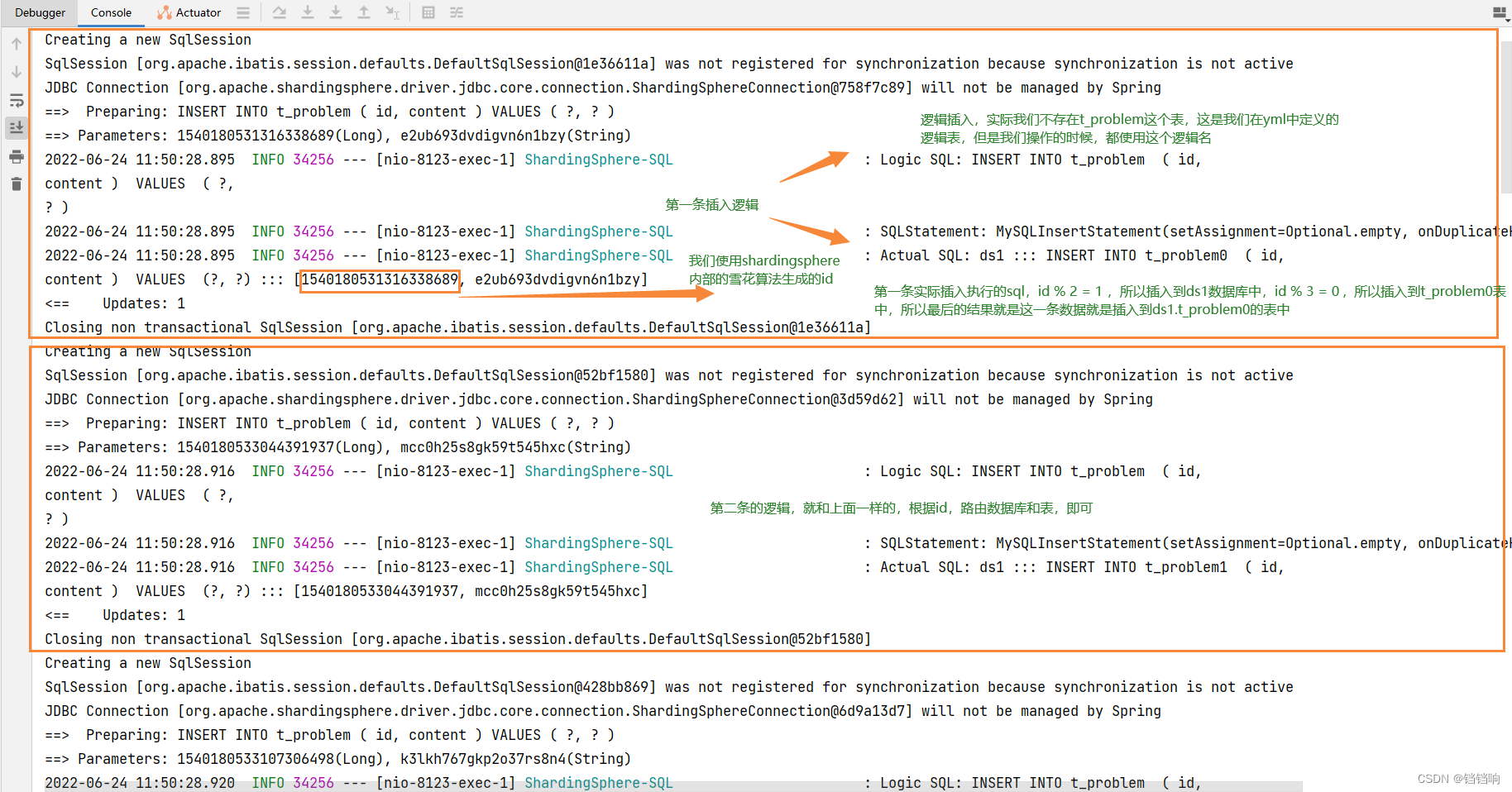
2、数据库数据如下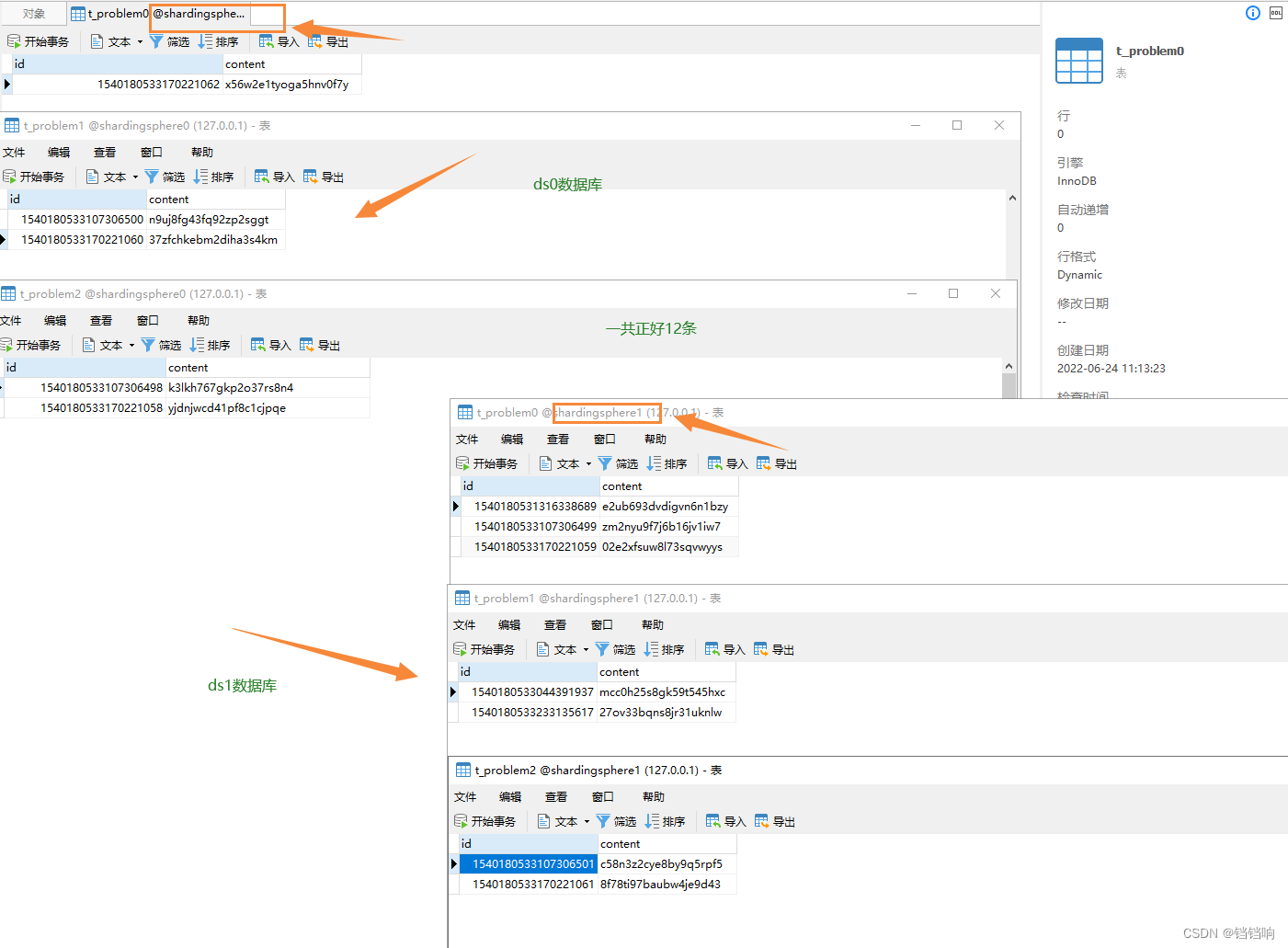
3.3.2、count接口
1、请求结果,就是 12 条
2、执行日志如下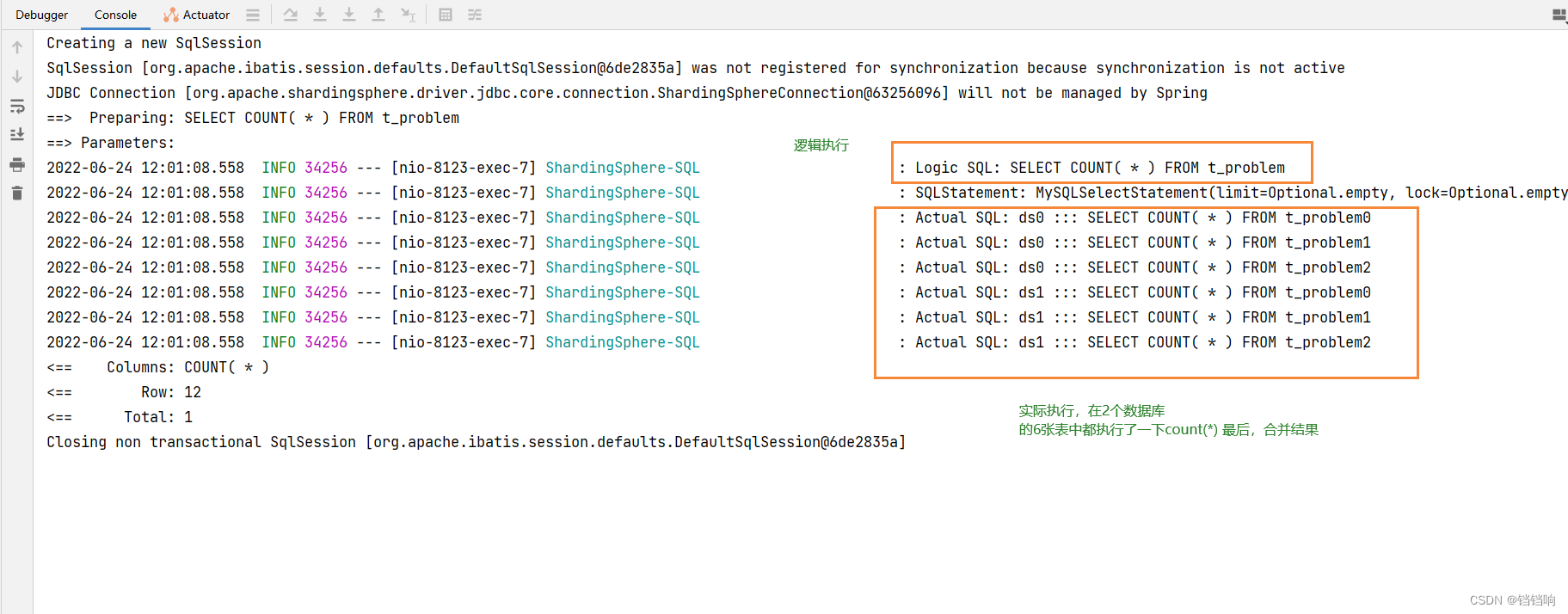
3.3.3、page接口
1、请求接口,,注意,其中一旦我们的页码越来越大,可能性能就会下降一部分,虽然shardingsphere帮忙我们做了一部分的优化,但是如果数据量还是很大,那性能还是不客观的,如下
注意,这里是没有家排序规则的,如果加上排序规则,执行的sql会有一部分其他的逻辑,比如
shardingsphere补充列,这一部分大家可以去看看官方文档。
如果我查询第三页开始的10条,那么它会找所有数据库中的分表的第三页的10条,合并结果,然后截取数据。
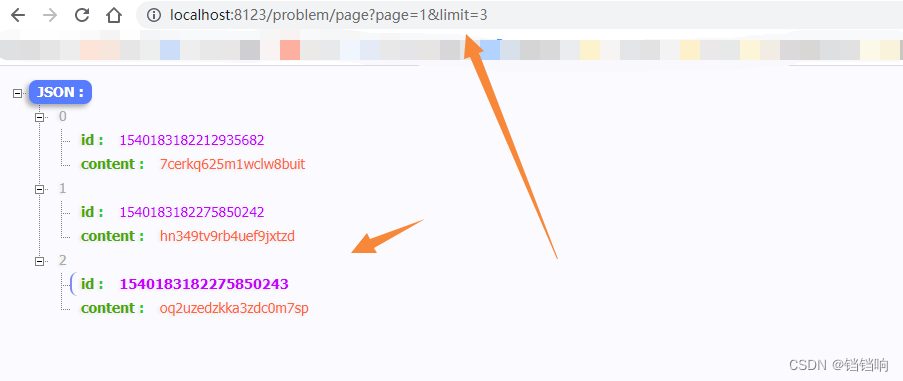
2、控制台日志如下:
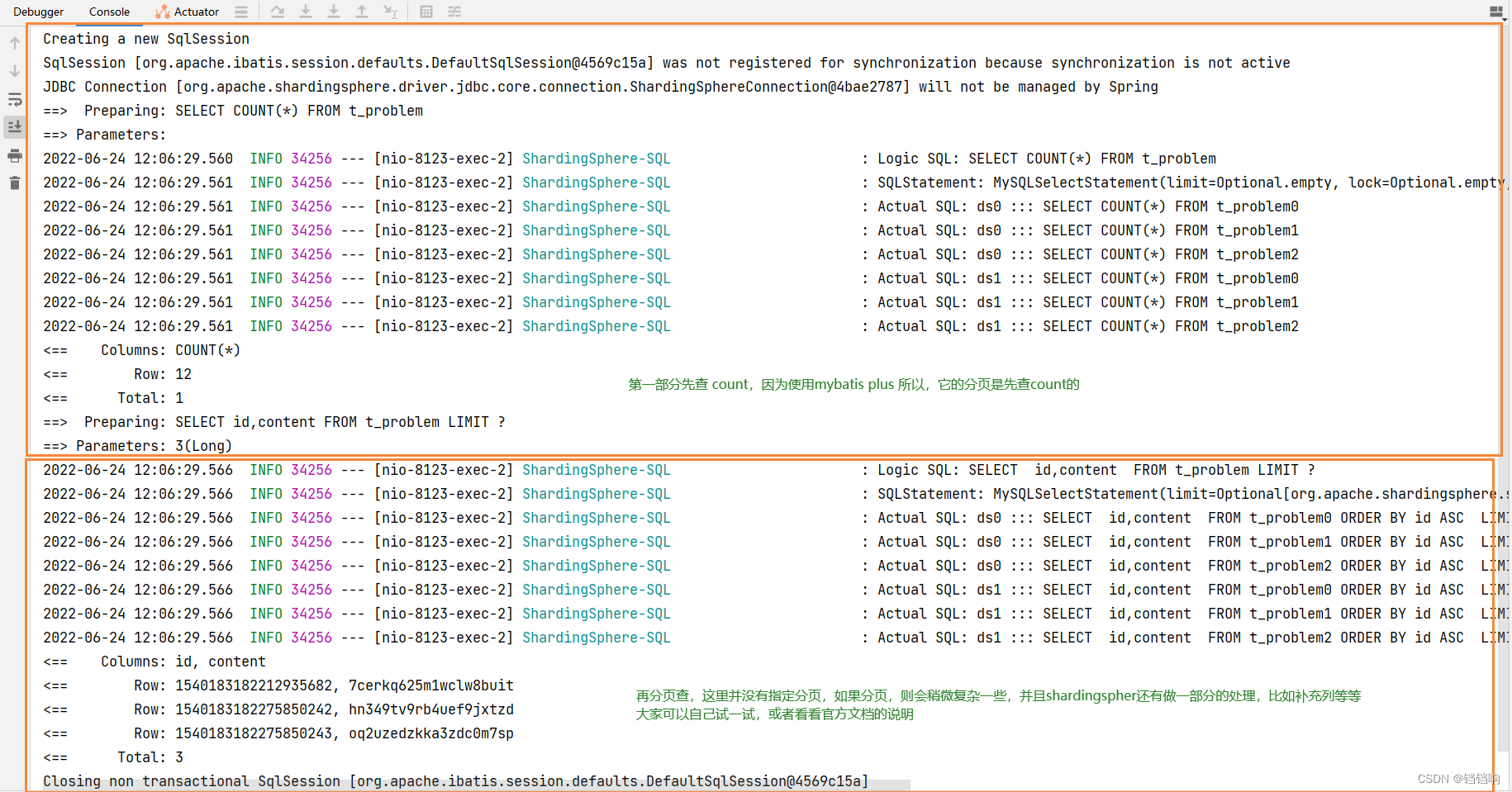
3.3.4、id 接口
1、请求接口
2、控制台日志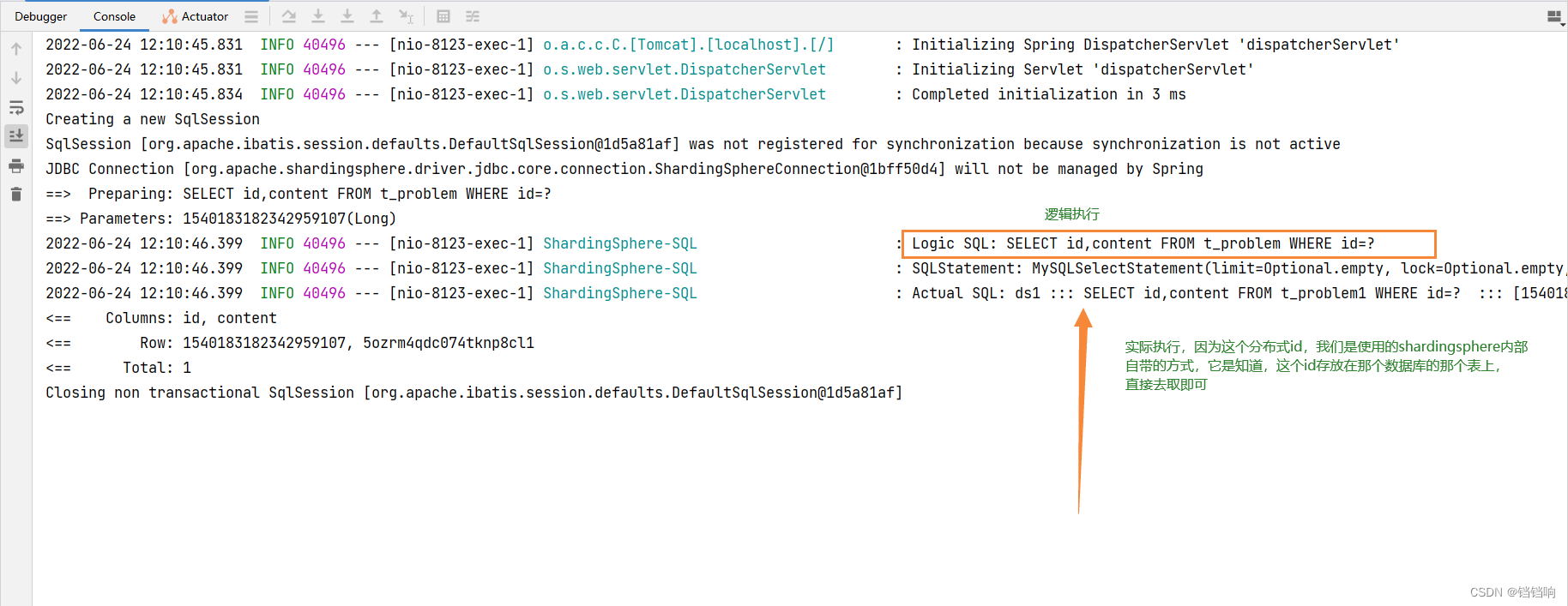
四、使用案例–绑定表(bindTable)
4.1、数据库格式
1、数据库创建,业务表t_order和其关联子表t_order_item,分别分布于2个数据库中,并且分表都是为3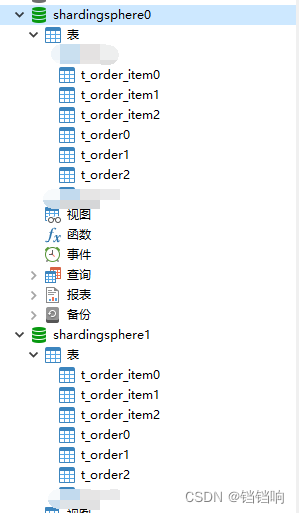
2、数据脚本
注意其中的相关主键id都是不设置自增的,并且类型是bigInt,因为后面使用
shardingsphere的内置分布式id生成的值会很大。
SET NAMES utf8mb4;
SET FOREIGN_KEY_CHECKS = 0;
-- ----------------------------
-- Table structure for t_order0
-- ----------------------------
DROP TABLE IF EXISTS `t_order0`;
CREATE TABLE `t_order0` (
`id` bigint(0) NOT NULL,
`user_id` bigint(0) NULL DEFAULT NULL,
`order_name` varchar(200) CHARACTER SET utf8mb4 COLLATE utf8mb4_general_ci NULL DEFAULT NULL,
PRIMARY KEY (`id`) USING BTREE
) ENGINE = InnoDB CHARACTER SET = utf8mb4 COLLATE = utf8mb4_general_ci ROW_FORMAT = Dynamic;
-- ----------------------------
-- Table structure for t_order1
-- ----------------------------
DROP TABLE IF EXISTS `t_order1`;
CREATE TABLE `t_order1` (
`id` bigint(0) NOT NULL,
`user_id` bigint(0) NULL DEFAULT NULL,
`order_name` varchar(200) CHARACTER SET utf8mb4 COLLATE utf8mb4_general_ci NULL DEFAULT NULL,
PRIMARY KEY (`id`) USING BTREE
) ENGINE = InnoDB CHARACTER SET = utf8mb4 COLLATE = utf8mb4_general_ci ROW_FORMAT = Dynamic;
-- ----------------------------
-- Table structure for t_order2
-- ----------------------------
DROP TABLE IF EXISTS `t_order2`;
CREATE TABLE `t_order2` (
`id` bigint(0) NOT NULL,
`user_id` bigint(0) NULL DEFAULT NULL,
`order_name` varchar(200) CHARACTER SET utf8mb4 COLLATE utf8mb4_general_ci NULL DEFAULT NULL,
PRIMARY KEY (`id`) USING BTREE
) ENGINE = InnoDB CHARACTER SET = utf8mb4 COLLATE = utf8mb4_general_ci ROW_FORMAT = Dynamic;
-- ----------------------------
-- Table structure for t_order_item0
-- ----------------------------
DROP TABLE IF EXISTS `t_order_item0`;
CREATE TABLE `t_order_item0` (
`id` bigint(0) NOT NULL,
`order_id` bigint(0) NOT NULL,
`name` varchar(255) CHARACTER SET utf8mb4 COLLATE utf8mb4_general_ci NULL DEFAULT NULL,
PRIMARY KEY (`id`) USING BTREE
) ENGINE = InnoDB CHARACTER SET = utf8mb4 COLLATE = utf8mb4_general_ci ROW_FORMAT = Dynamic;
-- ----------------------------
-- Table structure for t_order_item1
-- ----------------------------
DROP TABLE IF EXISTS `t_order_item1`;
CREATE TABLE `t_order_item1` (
`id` bigint(0) NOT NULL,
`order_id` bigint(0) NOT NULL,
`name` varchar(255) CHARACTER SET utf8mb4 COLLATE utf8mb4_general_ci NULL DEFAULT NULL,
PRIMARY KEY (`id`) USING BTREE
) ENGINE = InnoDB CHARACTER SET = utf8mb4 COLLATE = utf8mb4_general_ci ROW_FORMAT = Dynamic;
-- ----------------------------
-- Table structure for t_order_item2
-- ----------------------------
DROP TABLE IF EXISTS `t_order_item2`;
CREATE TABLE `t_order_item2` (
`id` bigint(0) NOT NULL,
`order_id` bigint(0) NOT NULL,
`name` varchar(255) CHARACTER SET utf8mb4 COLLATE utf8mb4_general_ci NULL DEFAULT NULL,
PRIMARY KEY (`id`) USING BTREE
) ENGINE = InnoDB CHARACTER SET = utf8mb4 COLLATE = utf8mb4_general_ci ROW_FORMAT = Dynamic;
4.2、项目代码
1、application.yml配置如下:
具体内容我就不再一一说明,里面相关配置都已经说明的很清楚了
主要说明一下,分库分表的策略
分库ds$->{id % 2}说明根据相关表插入的id %2 ,那就是【ds0,ds1】,而ds0和ds1数据源是在上面定义好的
分表t_order$->{id % 3}说明根据t_order表插入的id %3,就是 【t_order0,t_order1,t_order2】
而对于t_order_item来说,必须要和t_order表的分库分表的策略保持一致,所以,使用的是t_order_item的order_id字段来分库分表,并且规则和t_order保持一致,这是官方文档中说明的。
spring:
sharding-sphere: # mode.type 默认是内存模式启动
props:
# 展示sql
sql-show: true
datasource:
ds0:
driver-class-name: com.mysql.cj.jdbc.Driver
jdbc-url: jdbc:mysql://localhost:3306/shardingsphere0?useUnicode=true&characterEncoding=utf-8&useSSL=false&serverTimezone=GMT&allowPublicKeyRetrieval=true
password: 123456
type: com.zaxxer.hikari.HikariDataSource
username: root
ds1:
driver-class-name: com.mysql.cj.jdbc.Driver
jdbc-url: jdbc:mysql://localhost:3306/shardingsphere1?useUnicode=true&characterEncoding=utf-8&useSSL=false&serverTimezone=GMT&allowPublicKeyRetrieval=true
password: 123456
type: com.zaxxer.hikari.HikariDataSource
username: root
names: ds0,ds1
rules:
sharding:
sharding-algorithms:
t-order-db-inline:
props:
algorithm-expression: ds$->{
id % 2}
type: INLINE
t-order-table-inline:
props:
algorithm-expression: t_order$->{
id % 3}
type: INLINE
t-order-item-db-inline:
props:
algorithm-expression: ds$->{
order_id % 2}
type: INLINE
t-order-item-table-inline:
props:
algorithm-expression: t_order_item$->{
order_id % 3}
type: INLINE
tables:
t_order:
actual-data-nodes: ds$->{
0..1}.t_order$->{
0..2}
database-strategy: # 分库策略
standard: # 用于单分片键的标准分片场景,(多个列标识区分是复杂情况,将standard换成 complex(即分片列名称,多个列以逗号分隔))
sharding-algorithm-name: t-order-db-inline # 名称,在上面使用
sharding-column: id # 那个字段传到后面算法中
table-strategy: # 分表策略
standard:
sharding-algorithm-name: t-order-table-inline
sharding-column: id # 那个字段传到后面算法中
key-generate-strategy: # t_order 表主键order_id 生成的策略 https://blog.csdn.net/chinawangfei/article/details/114675854
column: id # t_order 表的主键id 需要使用雪花算法
keyGeneratorName: t-order-snowflake # 关键这里修改后 似乎不生效,这是最离谱的,就是默认使用的是雪花算法
t_order_item:
actual-data-nodes: ds$->{
0..1}.t_order_item$->{
0..2}
database-strategy:
standard:
sharding-algorithm-name: t-order-item-db-inline
sharding-column: order_id
table-strategy:
standard:
sharding-algorithm-name: t-order-item-table-inline
sharding-column: order_id
key-generate-strategy:
column: id
keyGeneratorName: t-order-item-snowflake
key-generators:
t-order-snowflake:
type: snowflake
props:
worker-id: 1
t-order-item-snowflake:
type: snowflake
props:
worker-id: 1
binding-tables:
- t_order,t_order_item # 绑定表,可以避免在关联查询的时候形成笛卡儿积,注意绑定表之间的分库和分表算法必须保持一致,比如上面t_order和t_order_item都是使用order_id作为分库分表的基础【其中t_order在FROM的最左侧,ShardingSphere将会以它作为整个绑定表的主表。 所有路由计算将会只使用主表的策略,那么t_order_item表的分片计算将会使用t_order的条件。故绑定表之间的分区键要完全相同】
server:
port: 8123
mybatis-plus:
configuration:
cache-enabled: false
log-impl: org.apache.ibatis.logging.stdout.StdOutImpl
map-underscore-to-camel-case: true
mapper-locations: classpath:mapper/*.xml
type-aliases-package: cn.gxm.shardingspheretest.model
2、model 定义,注意其中的注释说明
- Order 对象
package cn.gxm.shardingspheretest.model;
import com.baomidou.mybatisplus.annotation.TableField;
import com.baomidou.mybatisplus.annotation.TableId;
import com.baomidou.mybatisplus.annotation.TableName;
import com.baomidou.mybatisplus.extension.activerecord.Model;
import lombok.AllArgsConstructor;
import lombok.Data;
import lombok.NoArgsConstructor;
/** * (Order)表实体类 * * @author GXM * @date 2022-06-21 15:07:00 */
@TableName("t_order")
@Data
@AllArgsConstructor
@NoArgsConstructor
public class Order extends Model<Order> {
/** * 1、这里必须要使用Long,不能使用int 或者integer 因为 * 使用shardSphere 的雪花算法生成的数值很大,已经超过了 * Integer.MAX_VALUE(),只能使用Long来存储,而且数据库中也必须是bigint * 当然如果你选择使用字符串的类型,那这里就不没有那么多事情了 * <p> * 注意这里的 type是默认值IdType.NONE,不要设置,NONE就是【用户输入ID 该类型可以通过自己注册自动填充插件进行填充】 */
@TableId(value = "id")
private Long id;
@TableField("user_id")
private Long userId;
@TableField("order_name")
private String orderName;
}
- OrderItem 对象
package cn.gxm.shardingspheretest.model;
import com.baomidou.mybatisplus.annotation.TableField;
import com.baomidou.mybatisplus.annotation.TableId;
import com.baomidou.mybatisplus.annotation.TableName;
import lombok.AllArgsConstructor;
import lombok.Data;
import lombok.NoArgsConstructor;
/** * @author GXM * @version 1.0.0 * @Description 订单关联表(当前表和order表是关联表,也是需要配置分库分表的,以及和 order表一起设置为绑定表) * @createTime 2022年06月23日 */
@TableName("t_order_item")
@Data
@AllArgsConstructor
@NoArgsConstructor
public class OrderItem {
/** * 1、这里必须要使用Long,不能使用int 或者integer 因为 * 使用shardSphere 的雪花算法生成的数值很大,已经超过了 * Integer.MAX_VALUE(),只能使用Long来存储,而且数据库中也必须是bigint * 当然如果你选择使用字符串的类型,那这里就不没有那么多事情了 * <p> * 注意这里的 type是默认值IdType.NONE,不要设置,NONE就是【用户输入ID 该类型可以通过自己注册自动填充插件进行填充】 */
@TableId(value = "id")
private Long id;
@TableField("order_id")
private Long orderId;
@TableField("name")
private String name;
}
3、mapper和service就省略了,和平常配置的mybatis plus 差不多,但是补充一下对应的xml文件内容
<?xml version="1.0" encoding="UTF-8" ?>
<!-- ~ Licensed to the Apache Software Foundation (ASF) under one or more ~ contributor license agreements. See the NOTICE file distributed with ~ this work for additional information regarding copyright ownership. ~ The ASF licenses this file to You under the Apache License, Version 2.0 ~ (the "License"); you may not use this file except in compliance with ~ the License. You may obtain a copy of the License at ~ ~ http://www.apache.org/licenses/LICENSE-2.0 ~ ~ Unless required by applicable law or agreed to in writing, software ~ distributed under the License is distributed on an "AS IS" BASIS, ~ WITHOUT WARRANTIES OR CONDITIONS OF ANY KIND, either express or implied. ~ See the License for the specific language governing permissions and ~ limitations under the License. -->
<!DOCTYPE mapper PUBLIC "-//mybatis.org//DTD Mapper 3.0//EN" "http://mybatis.org/dtd/mybatis-3-mapper.dtd">
<mapper namespace="cn.gxm.shardingspheretest.mapper.OrderMapper">
<resultMap id="baseResultMap" type="cn.gxm.shardingspheretest.model.Order">
<result column="order_id" property="orderId" jdbcType="BIGINT"/>
<result column="user_id" property="userId" jdbcType="BIGINT"/>
<result column="order_name" property="orderName" jdbcType="VARCHAR"/>
</resultMap>
<!-- 自定义插入的时候,主键的返回可以这样写 -->
<insert id="selfInsert" useGeneratedKeys="true" keyProperty="orderId" parameterType="cn.gxm.shardingspheretest.model.Order">
INSERT INTO t_order (user_id, order_name)
VALUES (#{userId,jdbcType=INTEGER}, #{orderName,jdbcType=VARCHAR});
</insert>
<!-- 查看绑定表是否生效 对应sql -->
<select id="bindTableByOrderId" parameterType="java.lang.Long" resultType="cn.gxm.shardingspheretest.dto.OrderDTO">
SELECT a.id as order_id, a.user_id, a.order_name, b.id as item_id, b.`name` as item_name
from t_order a
LEFT JOIN t_order_item b on a.id = b.order_id
where a.id = #{orderId,jdbcType=BIGINT};
</select>
<select id="bindTableByOrderIdWithIn" parameterType="java.lang.Long" resultType="cn.gxm.shardingspheretest.dto.OrderDTO">
SELECT a.id as order_id, a.user_id, a.order_name, b.id as item_id, b.`name` as item_name
from t_order a
LEFT JOIN t_order_item b on a.id = b.order_id
where a.id in (#{orderId,jdbcType=BIGINT})
</select>
</mapper>
4、新建一个controller用做测试,内容如下
package cn.gxm.shardingspheretest.controller;
import cn.gxm.shardingspheretest.dto.OrderDTO;
import cn.gxm.shardingspheretest.model.Order;
import cn.gxm.shardingspheretest.model.OrderItem;
import cn.gxm.shardingspheretest.service.OrderItemService;
import cn.gxm.shardingspheretest.service.OrderService;
import cn.hutool.core.util.RandomUtil;
import cn.hutool.json.JSONUtil;
import com.baomidou.mybatisplus.core.conditions.query.LambdaQueryWrapper;
import com.baomidou.mybatisplus.extension.plugins.pagination.Page;
import org.springframework.beans.factory.annotation.Autowired;
import org.springframework.web.bind.annotation.*;
import java.util.List;
/** * @author GXM * @version 1.0.0 * @Description TODO * @createTime 2022年06月21日 */
@RestController
@RequestMapping("/order")
public class OrderController {
private final OrderService orderService;
private final OrderItemService orderItemService;
@Autowired
public OrderController(OrderService orderService, OrderItemService orderItemService) {
this.orderService = orderService;
this.orderItemService = orderItemService;
}
@GetMapping("/{id}")
public Order getById(@PathVariable String id) {
return this.orderService.getById(id);
}
@GetMapping("list")
public List<Order> list() {
return this.orderService.list();
}
/** * 越获取偏移量位置靠后数据,使用 LIMIT 分页方式的效率就越低, * 这里有解决方案(有很多方法可以避免使用 LIMIT 进行分页) * 1、比如构建行记录数量与行偏移量的二级索引 * 2、或使用上次分页数据结尾 ID 作为下次查询条件的分页方式等(得禁止跳页查询) * <p> * 分页就很难受了,比如你现在分了两个数据库,每一个数据库分为3张表,相当于 一个t_order表,被分成6张表,而 * 如果此时你分页查询 第3页的100条数据(page=3,limit=100),其实相当于会查6张表的 3*100的数据,然后综合起来后,在分页取100条。 * 所以你约到后面查询越慢 * <p> * 注意,shardingSphere 在5.0.0版本之后,开启内存存限制模式 和连接限制模式 ,我们只需要配置 maxConnectionSizePerQuery ,会根据 * 公式来计算,使用内存限制模式还是使用链接限制模式 * 但shardingSphere 会进行一部分的处理 【以结果集游标下移进行结果归并的方式,称之为流式归并,它无需将结果数据全数加载至内存】 * * @param page page * @param limit limit * @return pojo */
@GetMapping("page")
public List<Order> page(@RequestParam("page") Integer page, @RequestParam("limit") Integer limit) {
Page<Order> orderPage = this.orderService.page(new Page<>(page, limit));
return orderPage.getRecords();
}
@GetMapping("/count")
public Integer count() {
return this.orderService.count();
}
@GetMapping("/mock")
public String mock() {
for (int i = 0; i < 12; i++) {
final Order order = new Order();
order.setUserId((long) i);
order.setOrderName(RandomUtil.randomString(20));
this.orderService.save(order);
}
return "SUCCESS";
}
/** * order by 会存在一种情况就是补列的情况 * 可以参考官方文档 https://shardingsphere.apache.org/document/5.0.0/cn/reference/sharding/rewrite/ * * @param page page * @param limit limit * @return json string */
@GetMapping("/orderBy")
public String orderBy(@RequestParam(value = "page", required = false) Integer page,
@RequestParam(value = "limit", required = false) Integer limit) {
LambdaQueryWrapper<Order> lambdaQueryWrapper = new LambdaQueryWrapper<>();
// 比如我这里只是查询 order_name列,但是因为你排序用到的是OrderId,而且最后要合并6张表的数据,再根据order_id排序,所以,
// 即使你没有说查询这个列,sharding-sphere 也会加上这个字段的。 如下
// SELECT
// order_name
// , order_id AS ORDER_BY_DERIVED_0 FROM t_order0
//
// ORDER BY order_id ASC LIMIT ?,? ::: [0, 12]
lambdaQueryWrapper.select(Order::getOrderName);
lambdaQueryWrapper.orderByAsc(Order::getId);
if (page == null || limit == null) {
return JSONUtil.toJsonStr(this.orderService.list(lambdaQueryWrapper));
}
return JSONUtil.toJsonStr(this.orderService.page(new Page<>(page, limit), lambdaQueryWrapper));
}
public String testXA() {
// xas
// XAShardingSphereTransactionManager
return "ok";
}
/** * 测试加解密字段 * * @return */
public String testCipher() {
return "ok";
}
/** * 测试绑定表 使用 t_order 和 t_order_item * 绑定表之间的多表关联查询不会出现笛卡尔积关联,关联查询效率将大大提升 * * @return */
@GetMapping("/bindTable/mock")
public String mockWithBindTable() {
for (int i = 0; i < 1; i++) {
// 1、插入order 表
Order orderMock = new Order();
// 这个order id 不用我们设置,我们在shardingSphere 时设置了该表的主键使用 shardingSphere 内置的雪花算法
// orderMock.setOrderId();
orderMock.setUserId((long) i);
orderMock.setOrderName(RandomUtil.randomString(20));
orderService.save(orderMock);
// orderService.selfInsert(orderMock);
// 2、插入t_order_item 表
OrderItem orderItemMock = new OrderItem();
// id 也不需要我们设置,我们在shardingSphere 时设置了该表的主键使用 shardingSphere 内置的雪花算法
// orderItemMock.setItemId();
orderItemMock.setOrderId(orderMock.getId());
orderItemMock.setName(RandomUtil.randomString(20));
orderItemService.save(orderItemMock);
}
return "ok";
}
/** * 关联查询order 和order_item * * @param orderId * @return */
@GetMapping("bindTable/{orderId}")
public OrderDTO bindTableByOrderId(@PathVariable("orderId") Long orderId) {
OrderDTO orderDTO = orderService.bindTableByOrderId(orderId);
return orderDTO;
}
/** * 【此时因为我们配置了绑定表,是不会出现笛卡儿积的】 * * @param orderId * @return */
@GetMapping("bindTableWithIn/{orderId}")
public OrderDTO bindTableByOrderIdWithIn(@PathVariable("orderId") Long orderId) {
List<OrderDTO> orderDTOS = orderService.bindTableByOrderIdWithIn(orderId);
return orderDTOS.get(0);
}
}
4.3、测试分析
4.3.1、/bindTable/mock 接口
1、调用/bindTable/mock接口
2、控制台日志如下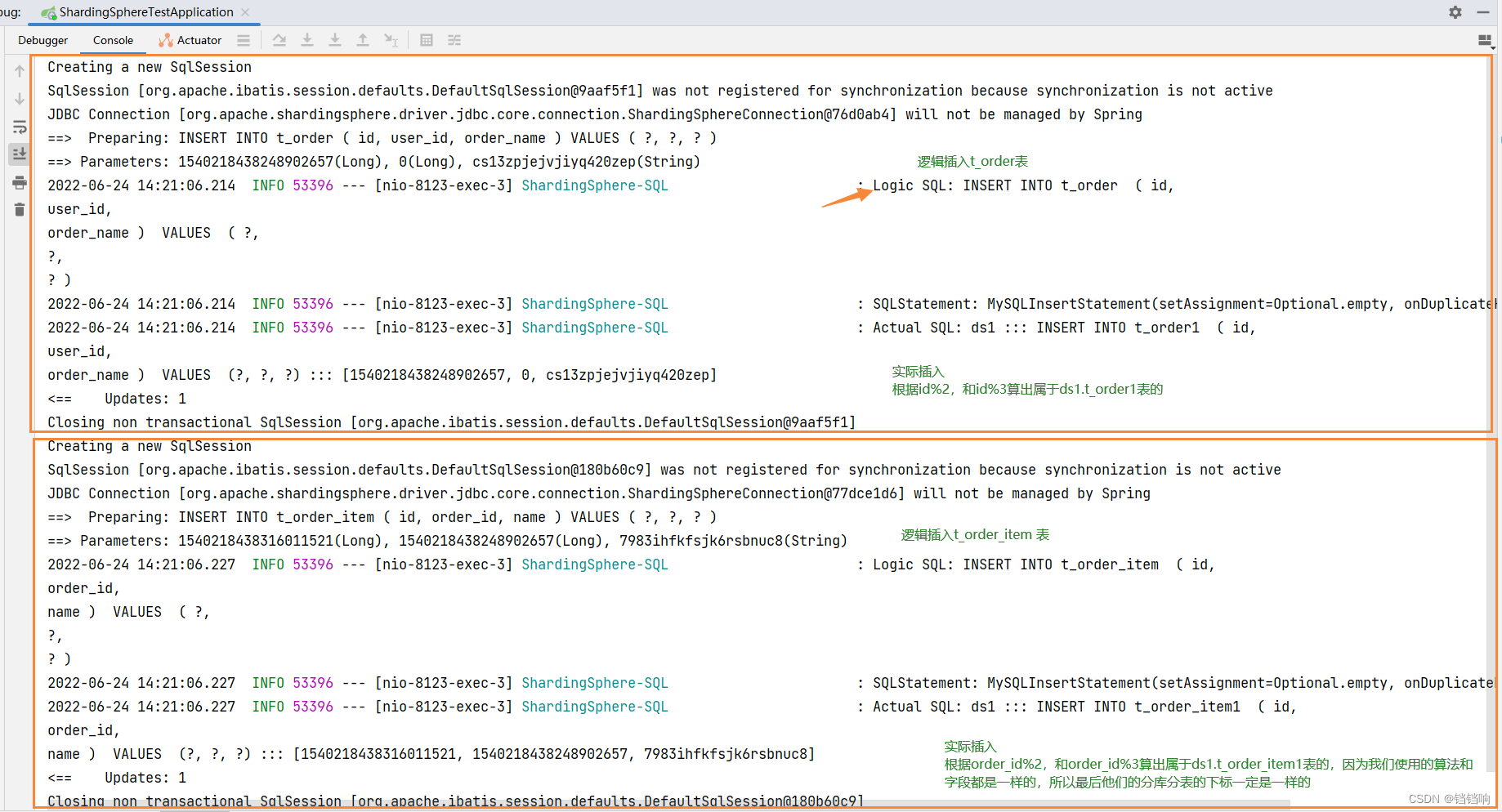
3、数据库数据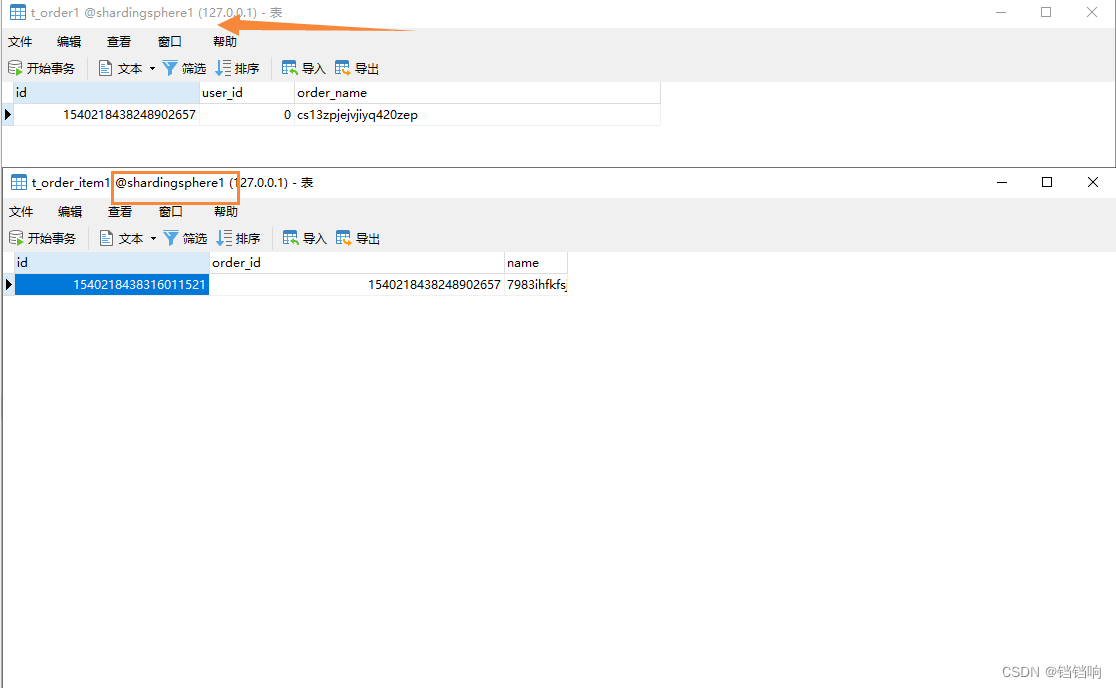
4.3.2、bindTable/{orderId} 接口(使用==)
1、根据前面mock生成的order_id请求,获取详情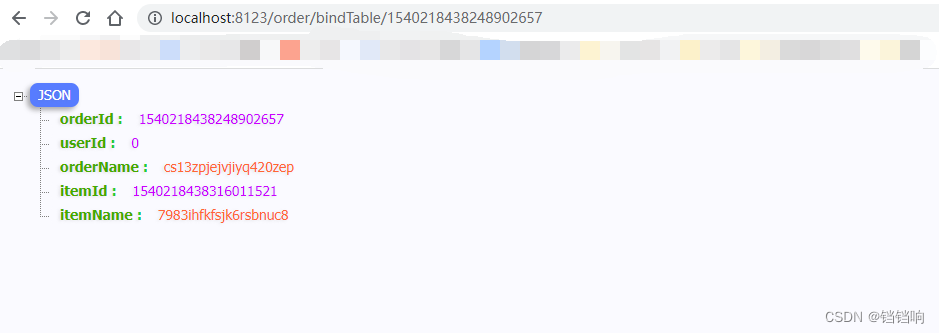
2、控制台日志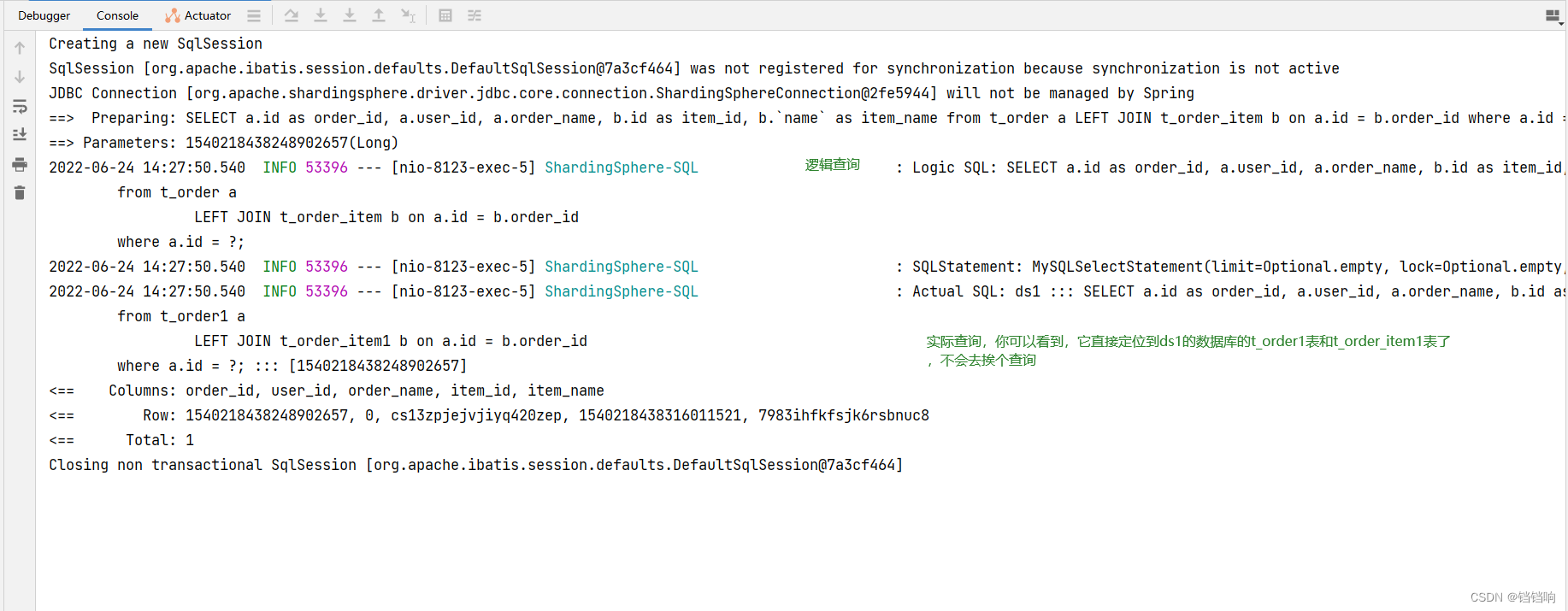
4.3.3、bindTableWithIn/{orderId} 接口(使用in)
1、根据前面mock生成的order_id请求,获取详情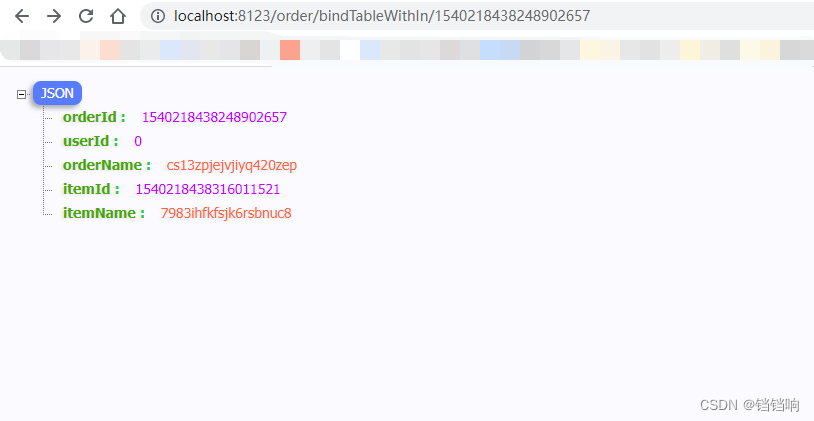
2、控制台日志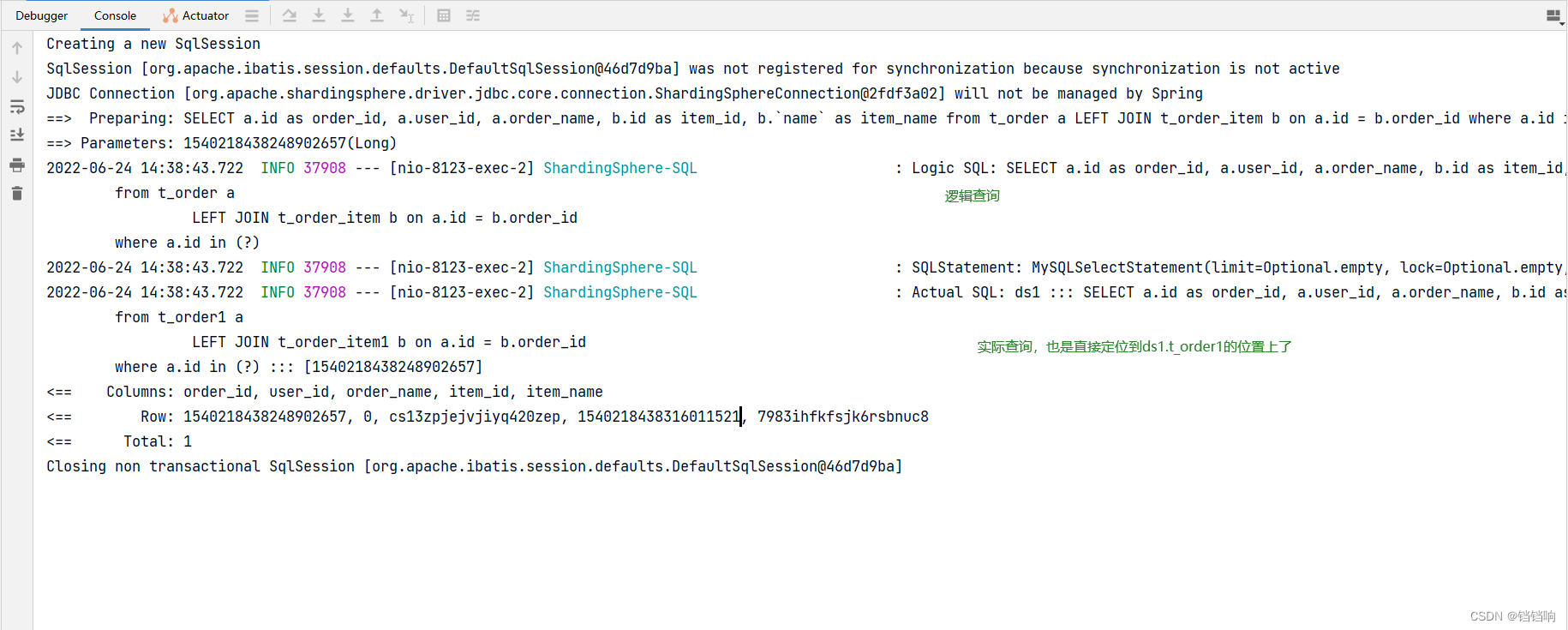
4.3.3、orderBy 接口
1、我们先调用一下mock接口,生成对应的12条数据,再根据id排序查询
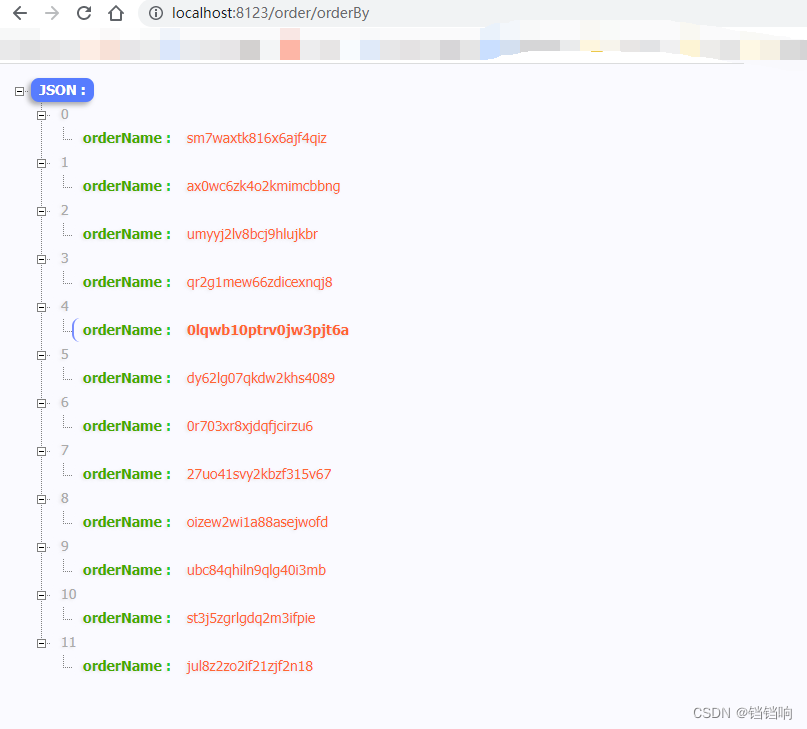
2、控制台日志如下
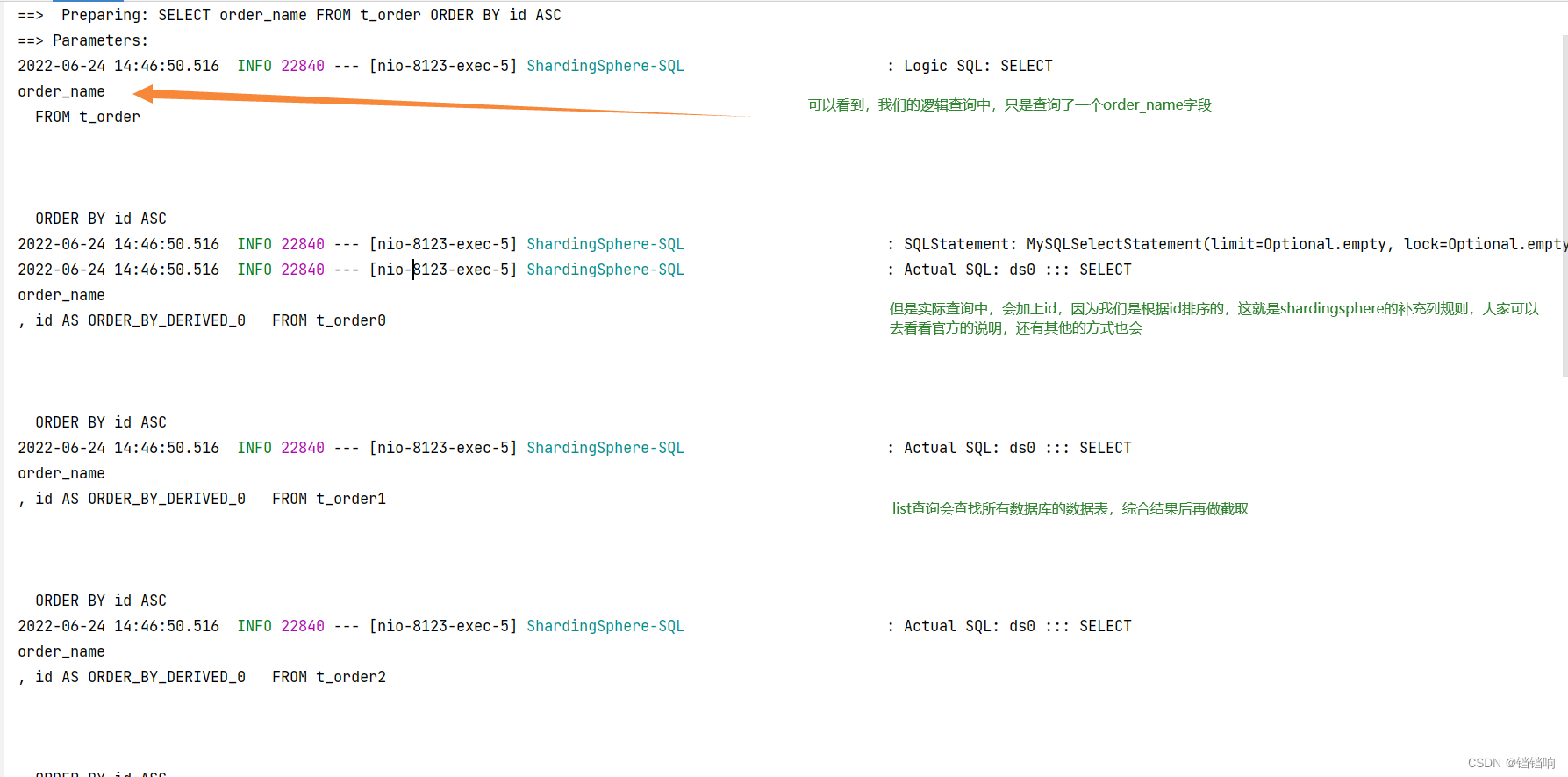
五、使用案例–广播表(bindTable)
5.1、数据库格式
1、数据库创建,业务表t_user,分别分布于2个数据库中,并且数据结构都一样,并且不分表
广播表的定义前面已经说过了,就是每一个分库都有,但是不分表。
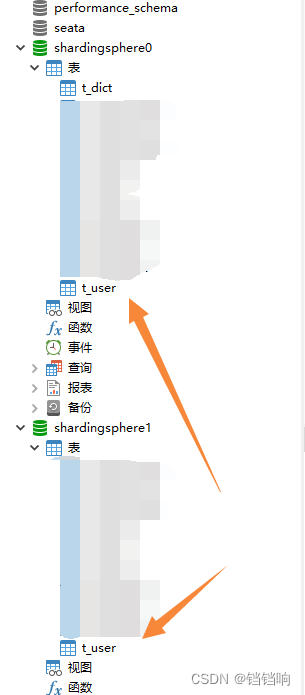
2、数据脚本
注意其中的相关主键id都是不设置自增的,并且类型是bigInt,因为后面使用
shardingsphere的内置分布式id生成的值会很大。
CREATE TABLE `t_user` (
`id` bigint NOT NULL,
`name` varchar(255) COLLATE utf8mb4_general_ci DEFAULT NULL,
`sex` varchar(255) COLLATE utf8mb4_general_ci DEFAULT NULL,
PRIMARY KEY (`id`)
) ENGINE=InnoDB DEFAULT CHARSET=utf8mb4 COLLATE=utf8mb4_general_ci;
5.2、项目代码
1、application.yml配置如下,可以看到,我们不需要为这个广播表配置分库和分表二点规则,因为,默认就是两个数据库的表数据都是一样的,唯一一点要注意的是这个主键id还是需要让shardingSphere来产生
spring:
sharding-sphere: # mode.type 默认是内存模式启动
props:
# 展示sql
sql-show: true
datasource:
ds0:
driver-class-name: com.mysql.cj.jdbc.Driver
jdbc-url: jdbc:mysql://localhost:3306/shardingsphere0?useUnicode=true&characterEncoding=utf-8&useSSL=false&serverTimezone=GMT&allowPublicKeyRetrieval=true
password: 123456
type: com.zaxxer.hikari.HikariDataSource
username: root
ds1:
driver-class-name: com.mysql.cj.jdbc.Driver
jdbc-url: jdbc:mysql://localhost:3306/shardingsphere1?useUnicode=true&characterEncoding=utf-8&useSSL=false&serverTimezone=GMT&allowPublicKeyRetrieval=true
password: 123456
type: com.zaxxer.hikari.HikariDataSource
username: root
names: ds0,ds1
rules:
sharding:
tables:
t_user: # 广播表不会对数据进行分片,所以配置分库,分表规则是不会生效的
key-generate-strategy:
column: id
keyGeneratorName: t-user-snowflake
key-generators:
t-user-snowflake:
type: snowflake
props:
worker-id: 1
broadcast-tables:
- t_user # 【指所有的分片数据源中都存在的表】,表结构及其数据在每个数据库中均完全一致。 适用于数据量不大且需要与海量数据的表进行关联查询的场景,例如:字典表。
server:
port: 8123
mybatis-plus:
configuration:
cache-enabled: false
log-impl: org.apache.ibatis.logging.stdout.StdOutImpl
map-underscore-to-camel-case: true
mapper-locations: classpath:mapper/*.xml
type-aliases-package: cn.gxm.shardingspheretest.model
2、model 代码
package cn.gxm.shardingspheretest.model;
import com.baomidou.mybatisplus.annotation.TableField;
import com.baomidou.mybatisplus.annotation.TableId;
import com.baomidou.mybatisplus.annotation.TableName;
import com.baomidou.mybatisplus.extension.activerecord.Model;
import lombok.AllArgsConstructor;
import lombok.Data;
import lombok.NoArgsConstructor;
/** * @author GXM * @version 1.0.0 * @Description 用户表(当作广播表使用) * @createTime 2022年06月24日 */
@TableName("t_user")
@Data
@AllArgsConstructor
@NoArgsConstructor
public class User extends Model<User> {
/** * 1、这里必须要使用Long,不能使用int 或者integer 因为 * 使用shardSphere 的雪花算法生成的数值很大,已经超过了 * Integer.MAX_VALUE(),只能使用Long来存储,而且数据库中也必须是bigint * 当然如果你选择使用字符串的类型,那这里就不没有那么多事情了 * <p> * 注意这里的 type是默认值IdType.NONE,不要设置,NONE就是【用户输入ID 该类型可以通过自己注册自动填充插件进行填充】 */
@TableId(value = "id")
private Long id;
@TableField("name")
private String name;
@TableField("sex")
private String sex;
}
3、mapper和service就省略了,和平常配置的mybatis plus 差不多,
4、增加一个controller,来测试一下
package cn.gxm.shardingspheretest.controller;
import cn.gxm.shardingspheretest.model.User;
import cn.gxm.shardingspheretest.service.UserService;
import cn.hutool.core.util.RandomUtil;
import lombok.extern.slf4j.Slf4j;
import org.springframework.beans.factory.annotation.Autowired;
import org.springframework.web.bind.annotation.GetMapping;
import org.springframework.web.bind.annotation.PathVariable;
import org.springframework.web.bind.annotation.RequestMapping;
import org.springframework.web.bind.annotation.RestController;
/** * @author GXM * @version 1.0.0 * @Description TODO * @createTime 2022年06月24日 */
@Slf4j
@RestController
@RequestMapping("/user")
public class UserController {
private final UserService userService;
@Autowired
public UserController(UserService userService) {
this.userService = userService;
}
@GetMapping("/mock")
public String mock() {
for (int i = 0; i < 100; i++) {
User user = new User();
user.setName(RandomUtil.randomString(10));
user.setSex(RandomUtil.randomString(1));
userService.save(user);
log.info("insert success");
}
return "ok";
}
@GetMapping("{userId}")
public User getById(@PathVariable("userId") Long userId) {
return userService.getById(userId);
}
@GetMapping("update/{userId}/{sex}")
public String update(@PathVariable("userId") Long userId,
@PathVariable("sex") String sex) {
User user = new User();
user.setId(userId);
user.setSex(sex);
userService.updateById(user);
return "ok";
}
}
5.3、测试分析
5.3.1、mock 接口
1、调用mock接口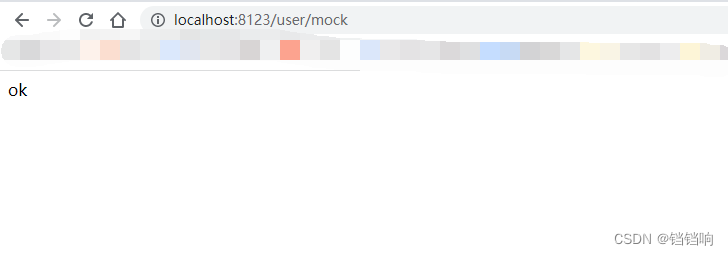
2、控制台日志如下: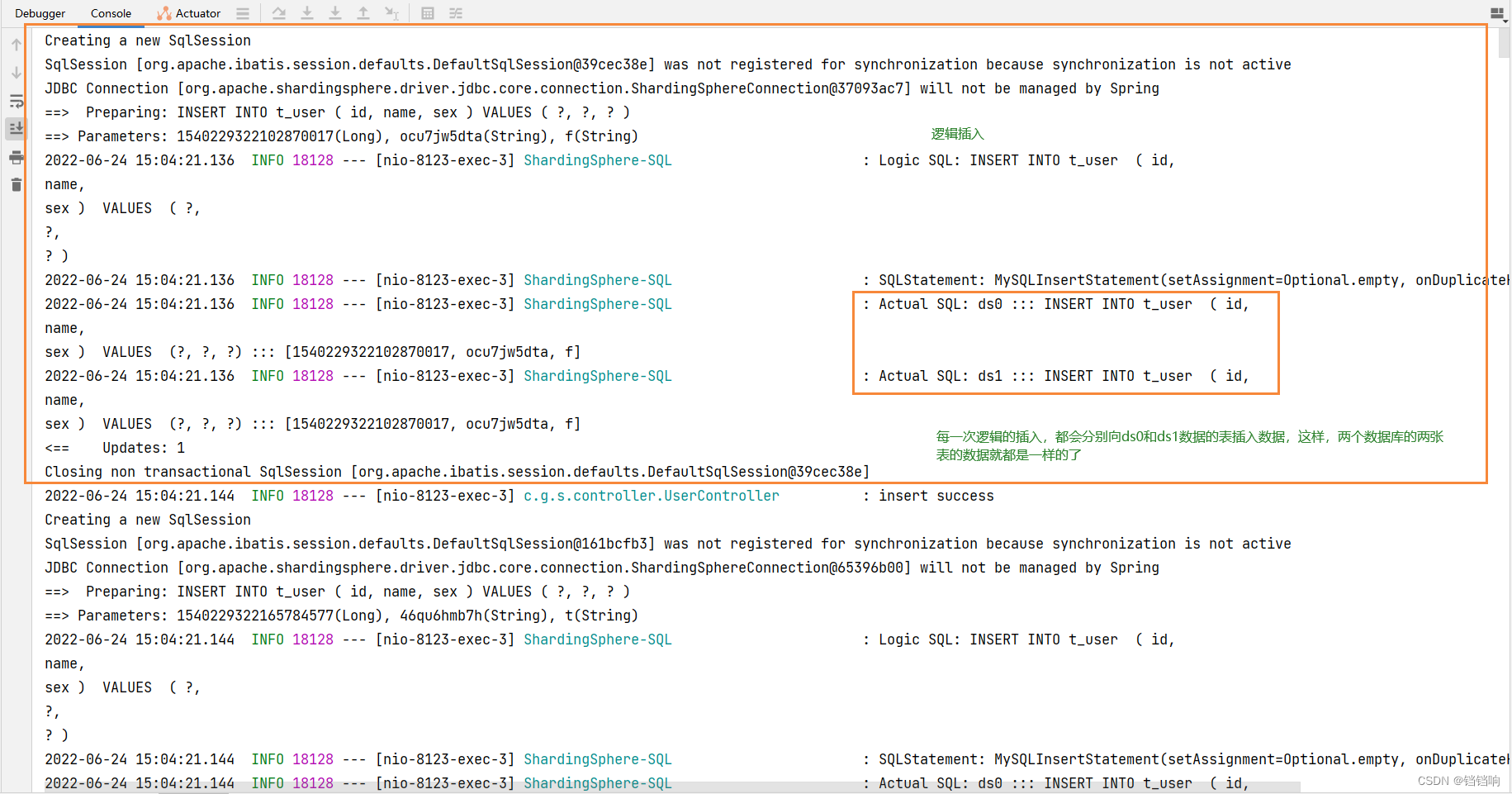
3、数据库数据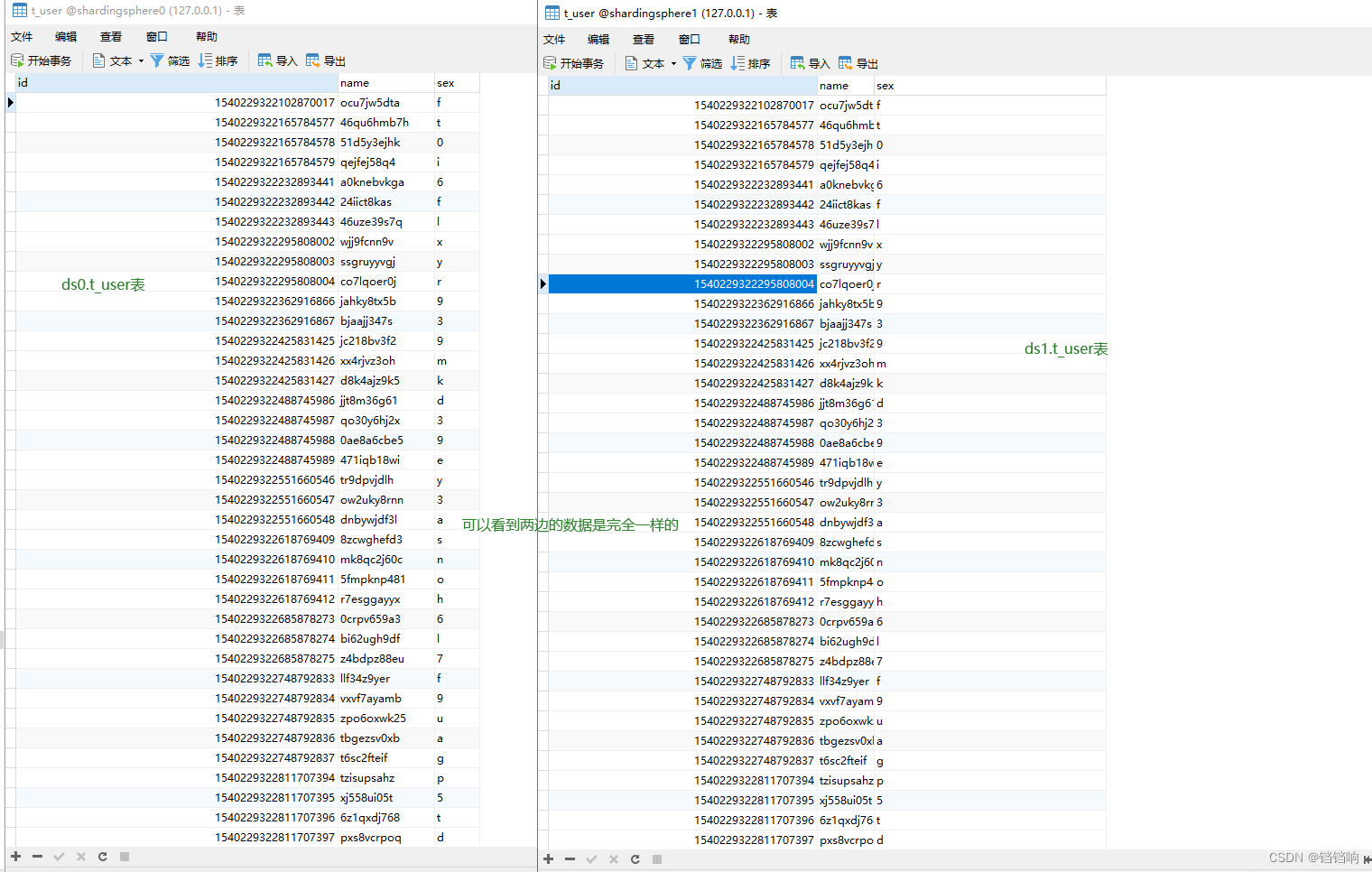
5.3.1、{userId} 接口
1、调用{userId}接口
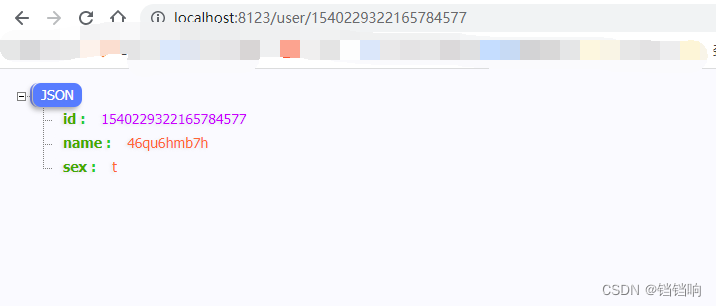
2、控制台日志
5.3.1、update/{userId}/{sex} 接口
1、调用update/{userId}/{sex}接口

2、控制台日志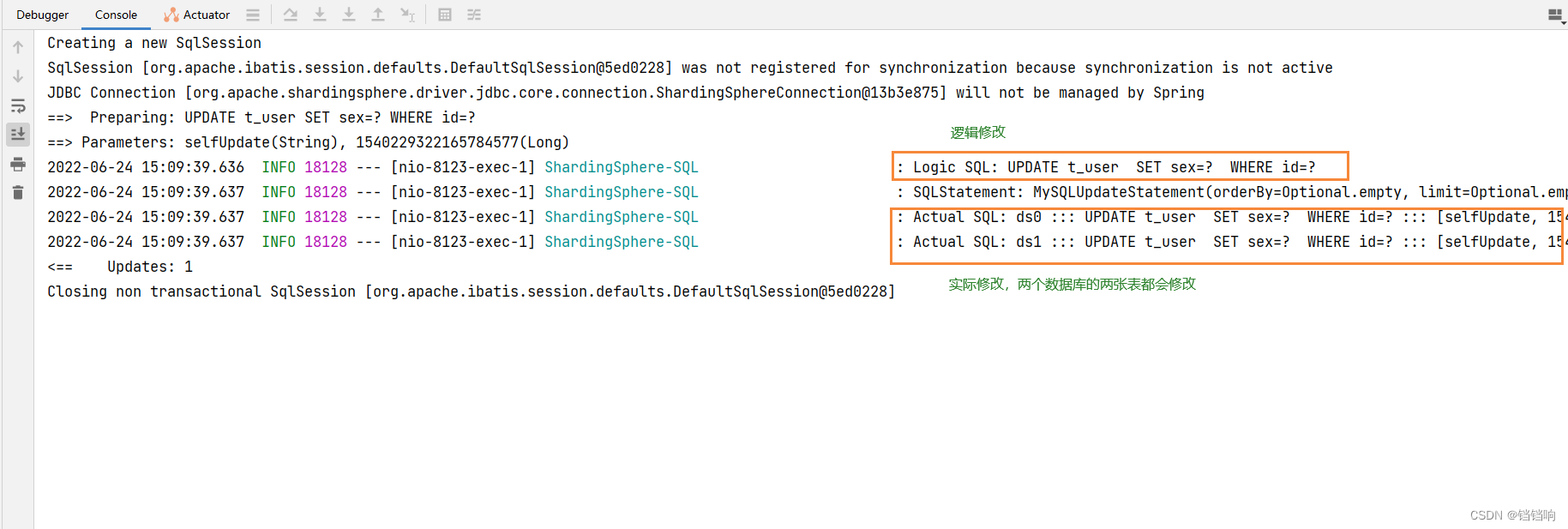
3、数据库数据

六、使用案例–单表(singleTable)
6.1、数据库格式
1、数据库创建,业务表t_dict,分别分布于ds0这一个个数据库中,
指所有的分片数据源中仅唯一存在的表。 适用于数据量不大且无需分片的表。
2、可以看到,只有在ds0数据库中有这一张表,ds1数据库是没有的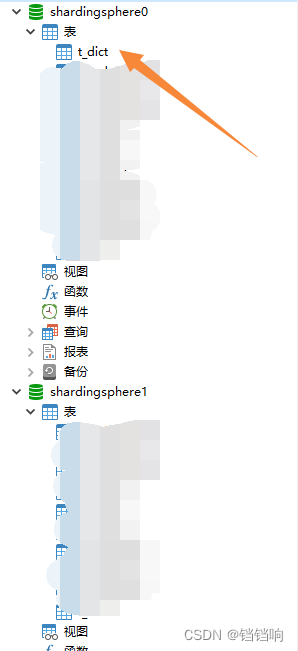
3、注意这里的主键id,我设置为数据库自增,因为它就是我们的一张普通的表,不参与shardingsphere的业务,所以,你平时这样的表怎么做,就这么做,即可
CREATE TABLE `t_dict` (
`id` bigint NOT NULL AUTO_INCREMENT,
`type` varchar(255) CHARACTER SET utf8mb4 COLLATE utf8mb4_general_ci DEFAULT NULL,
PRIMARY KEY (`id`) USING BTREE
) ENGINE=InnoDB DEFAULT CHARSET=utf8mb4 COLLATE=utf8mb4_general_ci ROW_FORMAT=DYNAMIC;
6.2、项目代码
1、application.yml配置如下,其实单表在shrdingsphere的5.0.0版本以后,都是不用做任何配置的,它会自动寻找到,那理论上来说,我直接配置ds0和ds1数据源即可,其他都不用配置了啊,但是如果你这样配置,就说明你的项目没有用到shardingsphere的任何一个功能,它就会报错,所以意思就是你用了shardingsphere就得有分库分表的表,所以,即使我这里演示用不到广播表的配置(当然这个配置你换成其他的都行,你得让shardingsphere知道你用到了某些功能),我还是配置一下,这样它启动就不会报错。
spring:
sharding-sphere: # mode.type 默认是内存模式启动
props:
# 展示sql
sql-show: true
datasource:
ds0:
driver-class-name: com.mysql.cj.jdbc.Driver
jdbc-url: jdbc:mysql://localhost:3306/shardingsphere0?useUnicode=true&characterEncoding=utf-8&useSSL=false&serverTimezone=GMT&allowPublicKeyRetrieval=true
password: 123456
type: com.zaxxer.hikari.HikariDataSource
username: root
ds1:
driver-class-name: com.mysql.cj.jdbc.Driver
jdbc-url: jdbc:mysql://localhost:3306/shardingsphere1?useUnicode=true&characterEncoding=utf-8&useSSL=false&serverTimezone=GMT&allowPublicKeyRetrieval=true
password: 123456
type: com.zaxxer.hikari.HikariDataSource
username: root
names: ds0,ds1
rules:
sharding:
tables:
t_user: # 广播表不会对数据进行分片,所以配置分库,分表规则是不会生效的
key-generate-strategy:
column: id
keyGeneratorName: t-user-snowflake
key-generators:
t-user-snowflake:
type: snowflake
props:
worker-id: 1
broadcast-tables:
- t_user # 【指所有的分片数据源中都存在的表】,表结构及其数据在每个数据库中均完全一致。 适用于数据量不大且需要与海量数据的表进行关联查询的场景,例如:字典表。
server:
port: 8123
mybatis-plus:
configuration:
cache-enabled: false
log-impl: org.apache.ibatis.logging.stdout.StdOutImpl
map-underscore-to-camel-case: true
mapper-locations: classpath:mapper/*.xml
type-aliases-package: cn.gxm.shardingspheretest.model
2、model,注意这里使用的了@TableId(value = "id", type = IdType.AUTO),因为这就是一个普通的业务表,主键我选择让数据库生成,shardingsphere 不参与处理
package cn.gxm.shardingspheretest.model;
import com.baomidou.mybatisplus.annotation.IdType;
import com.baomidou.mybatisplus.annotation.TableField;
import com.baomidou.mybatisplus.annotation.TableId;
import com.baomidou.mybatisplus.annotation.TableName;
import com.baomidou.mybatisplus.extension.activerecord.Model;
import lombok.AllArgsConstructor;
import lombok.Data;
import lombok.NoArgsConstructor;
/** * @author GXM * @version 1.0.0 * @Description TODO * @createTime 2022年06月22日 */
@TableName("t_dict")
@Data
@AllArgsConstructor
@NoArgsConstructor
public class Dict extends Model<Dict> {
@TableId(value = "id", type = IdType.AUTO)
private Long id;
@TableField("type")
private String type;
}
3、mapper和service就省略了,和平常配置的mybatis plus 差不多,
4、增加一个controller,来测试一下
package cn.gxm.shardingspheretest.controller;
import cn.gxm.shardingspheretest.model.Dict;
import cn.gxm.shardingspheretest.service.DictService;
import org.springframework.beans.factory.annotation.Autowired;
import org.springframework.web.bind.annotation.GetMapping;
import org.springframework.web.bind.annotation.RequestMapping;
import org.springframework.web.bind.annotation.RestController;
/** * @author GXM * @version 1.0.0 * @Description TODO * @createTime 2022年06月22日 */
@RequestMapping("/dict")
@RestController
public class DictController {
private final DictService dictService;
@Autowired
public DictController(DictService dictService) {
this.dictService = dictService;
}
/** * 这个表只存在于 shardingsphere0 数据库 * shardSphere 5.0.0 版本不用配置 default-datasource,它会自动判断这个表在那个数据库 * 之前版本( < 5.0.0)的需要配置该参数,标识单个表的默认数据库位置 * * @return */
@GetMapping("/mock")
public String mock() {
for (int i = 0; i < 100; i++) {
Dict dict = new Dict();
dict.setType(String.valueOf(i));
this.dictService.save(dict);
System.out.println();
}
return "ok";
}
}
6.3、测试
6.3.1、mock 接口测试
1、请求接口
2、控制台日志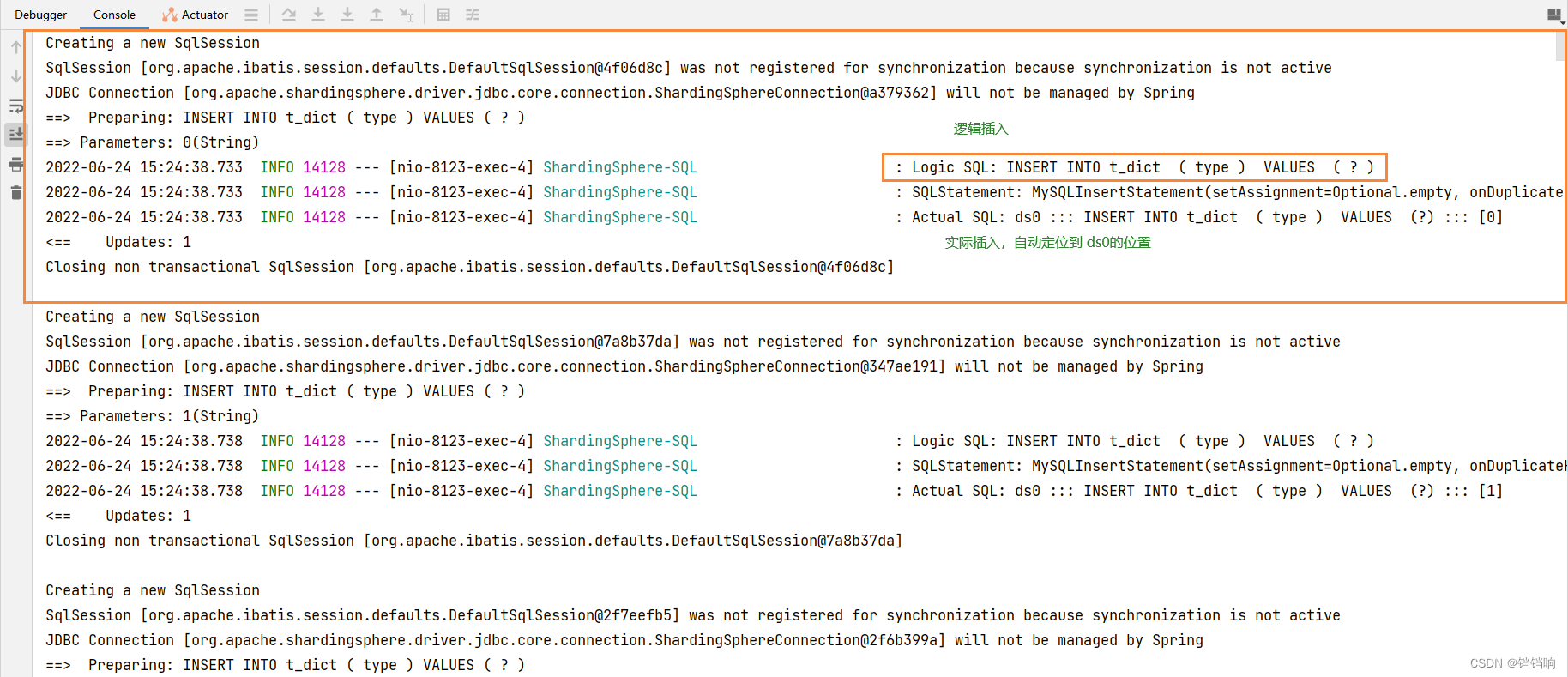
3、数据库内容
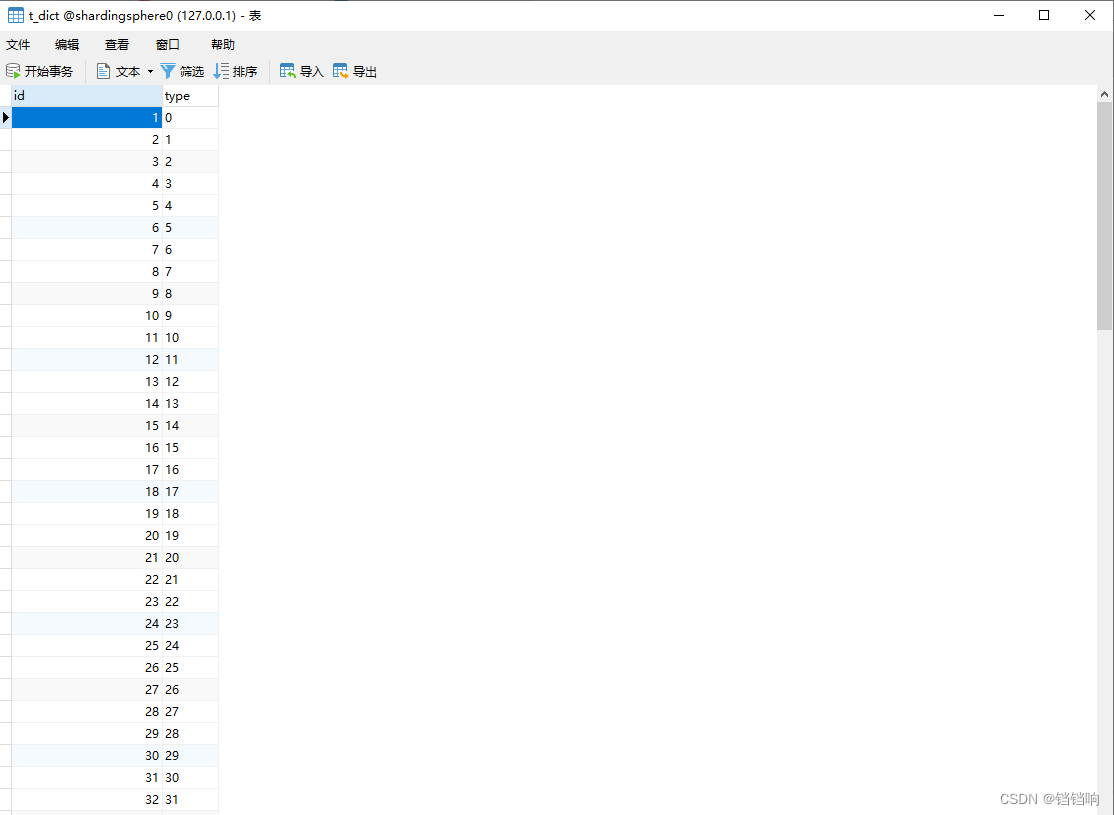
七、使用案例–混合以上情况使用
1、yml文件如下
spring:
sharding-sphere: # mode.type 默认是内存模式启动
props:
# 展示sql
sql-show: true
datasource:
ds0:
driver-class-name: com.mysql.cj.jdbc.Driver
jdbc-url: jdbc:mysql://localhost:3306/shardingsphere0?useUnicode=true&characterEncoding=utf-8&useSSL=false&serverTimezone=GMT&allowPublicKeyRetrieval=true
password: 123456
type: com.zaxxer.hikari.HikariDataSource
username: root
ds1:
driver-class-name: com.mysql.cj.jdbc.Driver
jdbc-url: jdbc:mysql://localhost:3306/shardingsphere1?useUnicode=true&characterEncoding=utf-8&useSSL=false&serverTimezone=GMT&allowPublicKeyRetrieval=true
password: 123456
type: com.zaxxer.hikari.HikariDataSource
username: root
names: ds0,ds1
rules:
sharding:
sharding-algorithms:
t-problem-db-inline: # 名为 t-problem-db-inline 的分库策略的算法
props:
algorithm-expression: ds$->{
id % 2}
type: INLINE
t-problem-table-inline: # 名为 t-problem-table-inline 的分表策略的算法
props:
algorithm-expression: t_problem$->{
id % 3}
type: INLINE
t-order-db-inline:
props:
algorithm-expression: ds$->{
id % 2}
type: INLINE
t-order-table-inline:
props:
algorithm-expression: t_order$->{
id % 3}
type: INLINE
t-order-item-db-inline:
props:
algorithm-expression: ds$->{
order_id % 2}
type: INLINE
t-order-item-table-inline:
props:
algorithm-expression: t_order_item$->{
order_id % 3}
type: INLINE
tables:
t_problem:
actual-data-nodes: ds$->{
0..1}.t_problem$->{
0..2}
database-strategy: # 分库策略
standard: # 用于单分片键的标准分片场景,(多个列标识区分是复杂情况,将standard换成 complex(即分片列名称,多个列以逗号分隔))
sharding-algorithm-name: t-problem-db-inline # 名称,在上面使用
sharding-column: id # 那个字段传到后面算法中
table-strategy: # 分表策略
standard:
sharding-algorithm-name: t-problem-table-inline
sharding-column: id # 那个字段传到后面算法中
key-generate-strategy: # t_problem 表主键 id 生成的策略 https://blog.csdn.net/chinawangfei/article/details/114675854
column: id # t_order 表的主键id 需要使用雪花算法
keyGeneratorName: t-problem-snowflake # 关键这里修改后 似乎不生效,这是最离谱的,就是默认使用的是雪花算法
t_order:
actual-data-nodes: ds$->{
0..1}.t_order$->{
0..2}
database-strategy: # 分库策略
standard: # 用于单分片键的标准分片场景,(多个列标识区分是复杂情况,将standard换成 complex(即分片列名称,多个列以逗号分隔))
sharding-algorithm-name: t-order-db-inline # 名称,在上面使用
sharding-column: id # 那个字段传到后面算法中
table-strategy: # 分表策略
standard:
sharding-algorithm-name: t-order-table-inline
sharding-column: id # 那个字段传到后面算法中
key-generate-strategy: # t_order 表主键order_id 生成的策略 https://blog.csdn.net/chinawangfei/article/details/114675854
column: id # t_order 表的主键id 需要使用雪花算法
keyGeneratorName: t-order-snowflake # 关键这里修改后 似乎不生效,这是最离谱的,就是默认使用的是雪花算法
t_order_item:
actual-data-nodes: ds$->{
0..1}.t_order_item$->{
0..2}
database-strategy:
standard:
sharding-algorithm-name: t-order-item-db-inline
sharding-column: order_id
table-strategy:
standard:
sharding-algorithm-name: t-order-item-table-inline
sharding-column: order_id
key-generate-strategy:
column: id
keyGeneratorName: t-order-item-snowflake
t_user: # 广播表不会对数据进行分片,所以配置分库,分表规则是不会生效的
key-generate-strategy:
column: id
keyGeneratorName: t-user-snowflake
key-generators:
t-order-snowflake:
type: snowflake
props:
worker-id: 1
t-order-item-snowflake:
type: snowflake
props:
worker-id: 1
t-user-snowflake:
type: snowflake
props:
worker-id: 1
t-problem-snowflake:
type: snowflake
props:
worker-id: 1
binding-tables:
- t_order,t_order_item # 绑定表,可以避免在关联查询的时候形成笛卡儿积,注意绑定表之间的分库和分表算法必须保持一致,比如上面t_order和t_order_item都是使用order_id作为分库分表的基础【其中t_order在FROM的最左侧,ShardingSphere将会以它作为整个绑定表的主表。 所有路由计算将会只使用主表的策略,那么t_order_item表的分片计算将会使用t_order的条件。故绑定表之间的分区键要完全相同】
broadcast-tables:
- t_user # 【指所有的分片数据源中都存在的表】,表结构及其数据在每个数据库中均完全一致。 适用于数据量不大且需要与海量数据的表进行关联查询的场景,例如:字典表。
server:
port: 8123
mybatis-plus:
configuration:
cache-enabled: false
log-impl: org.apache.ibatis.logging.stdout.StdOutImpl
map-underscore-to-camel-case: true
mapper-locations: classpath:mapper/*.xml
type-aliases-package: cn.gxm.shardingspheretest.model
边栏推荐
- 关于easyflash v3.3使用过程的记录
- 在线硬核工具
- Long list performance optimization scheme memo
- Kotlin realizes wechat interface switching (fragment exercise)
- CAS mechanism
- Schnuka: working principle of robot visual grasping machine visual grasping
- Installation and configuration of slurm resource management and job scheduling system
- 软考中级,软件设计师考试那些内容,考试大纲什么的?
- Trajectory planning for multi robot systems: methods and Applications Overview reading notes
- 1323: [example 6.5] activity selection
猜你喜欢
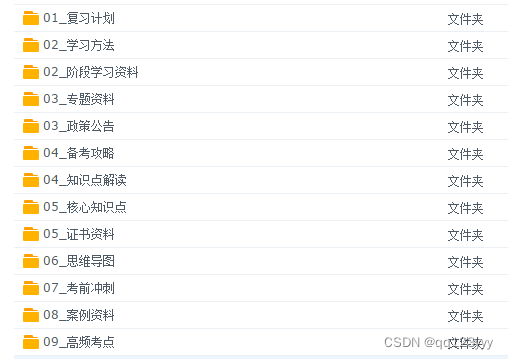
How much review time does it usually take to take the intermediate soft exam?
![[actual combat] transformer architecture of the major medical segmentation challenges on the list --nnformer](/img/de/0cf12132216ffbde896a7b12022184.png)
[actual combat] transformer architecture of the major medical segmentation challenges on the list --nnformer
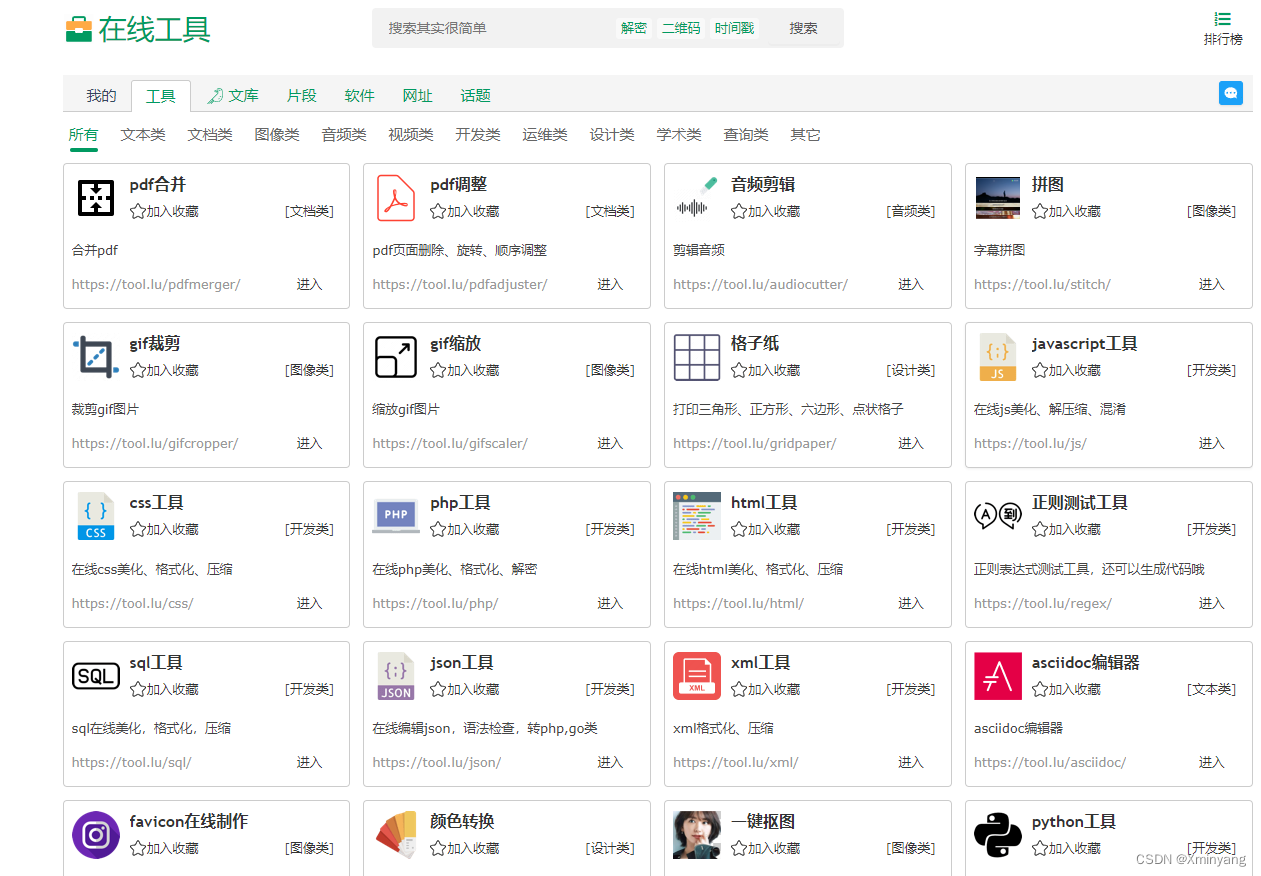
在线硬核工具

Elegant controller layer code
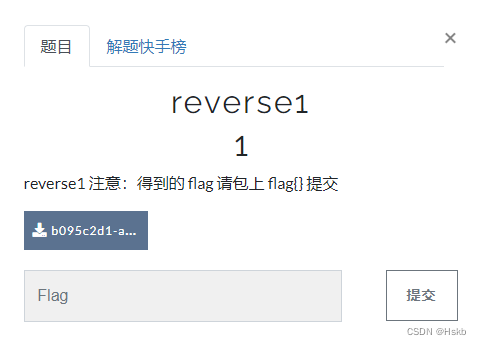
BUUCTF---Reverse---reverse1
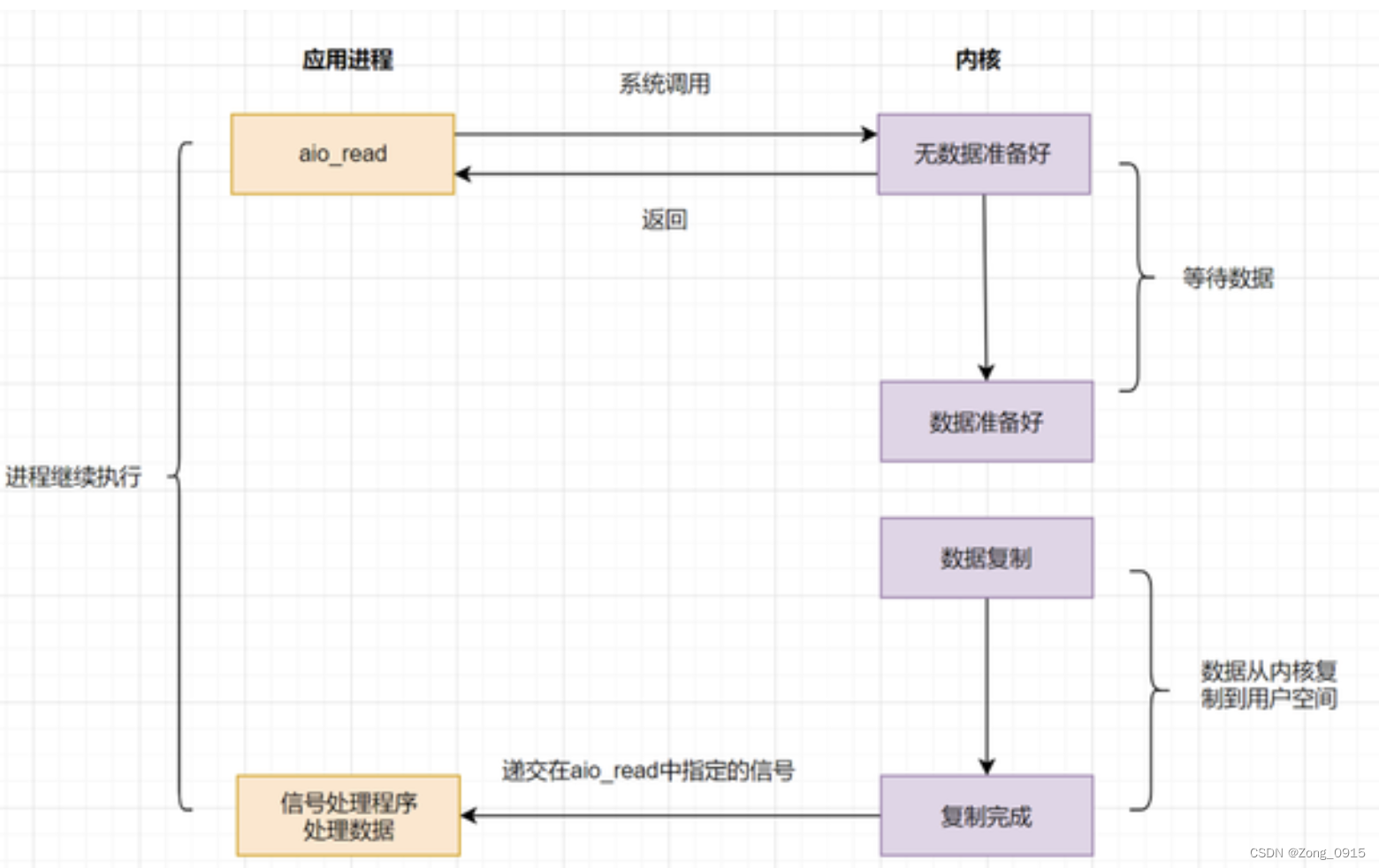
IO model review
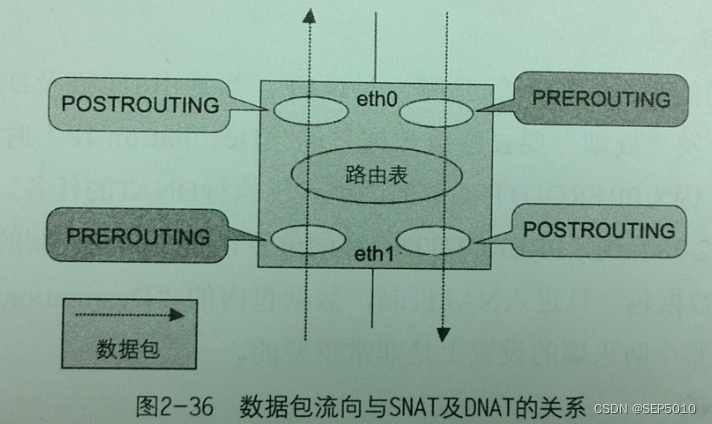
Summary of router development knowledge
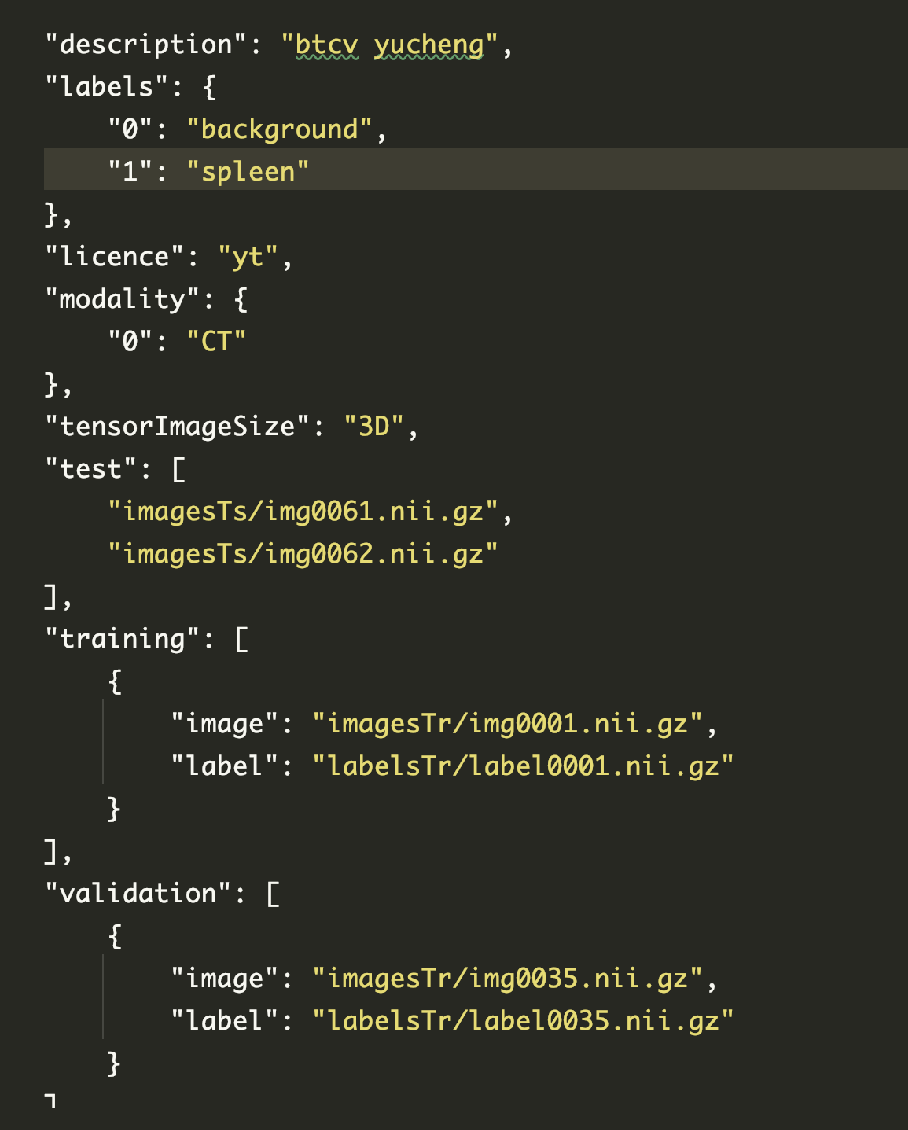
使用 load_decathlon_datalist (MONAI)快速加载JSON数据
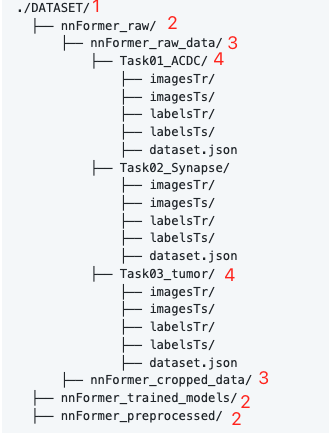
【实战】霸榜各大医学分割挑战赛的Transformer架构--nnFormer
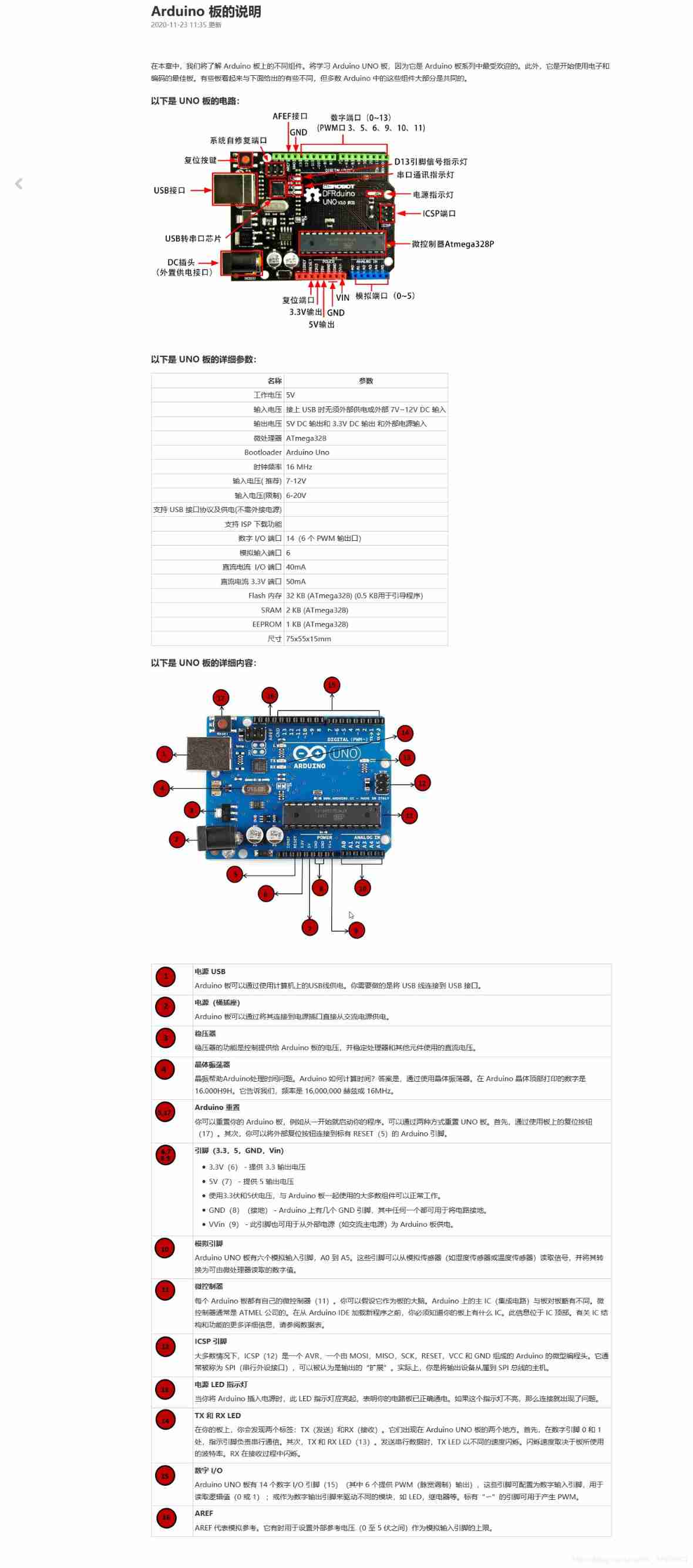
Arduino board description
随机推荐
Online hard core tools
2022.7.6DAY598
leetcode-560:和为 K 的子数组
Common shortcut keys in IDA
[OneNote] can't connect to the network and can't sync the problem
[dai6] mirror image of JZ27 binary tree
How much review time does it usually take to take the intermediate soft exam?
TypeScript 接口继承
想考中级软考,一般需要多少复习时间?
无法打开内核设备“\\.\VMCIDev\VMX”: 操作成功完成。是否在安装 VMware Workstation 后重新引导? 模块“DevicePowerOn”启动失败。 未能启动虚拟机。
A simple example of delegate usage
Five simple and practical daily development functions of chrome are explained in detail. Unlock quickly to improve your efficiency!
Installation and configuration of slurm resource management and job scheduling system
CC2530 ZigBee iar8.10.1 environment construction
关于easyflash v3.3使用过程的记录
Prototype and prototype chain
打算参加安全方面工作,信息安全工程师怎么样,软考考试需要怎么准备?
[machine learning 03] Lagrange multiplier method
When do you usually get grades in the soft exam? Online pedaling?
Arduino board description